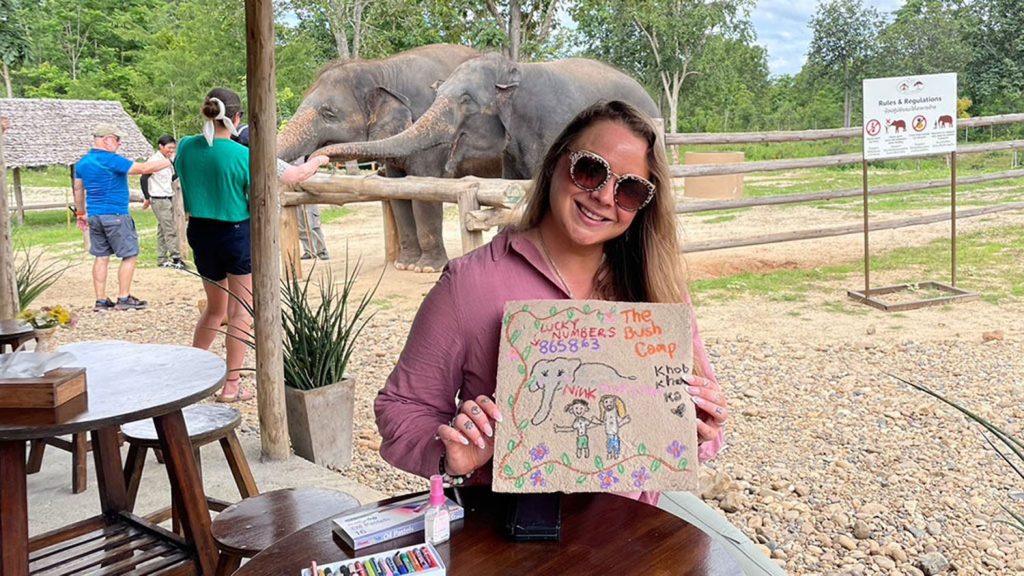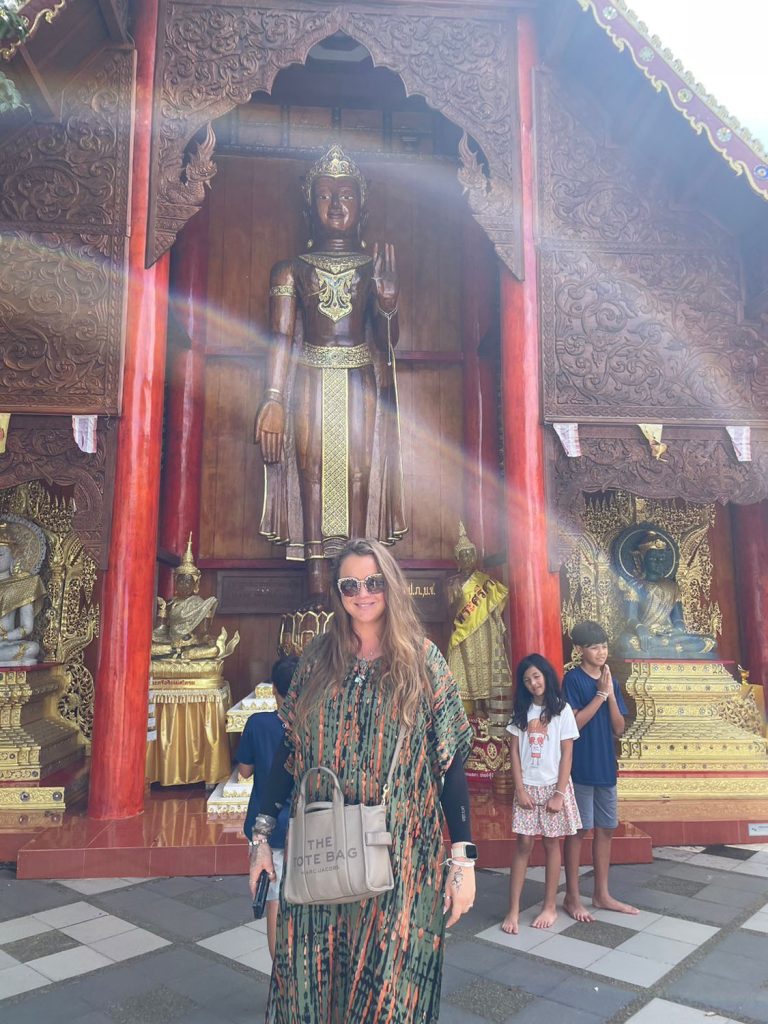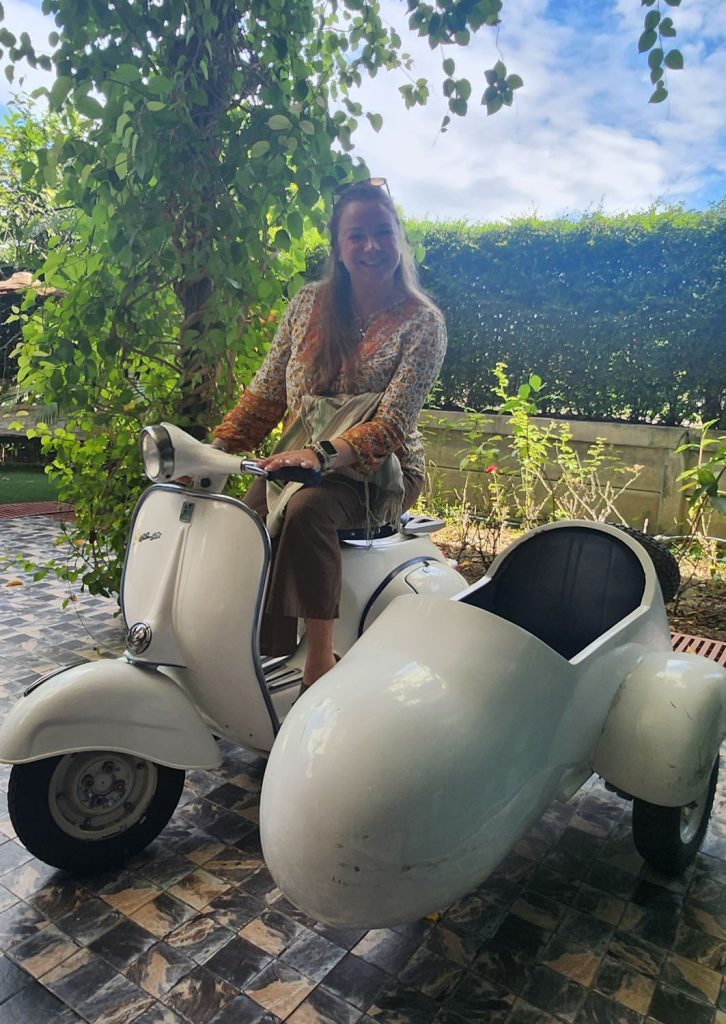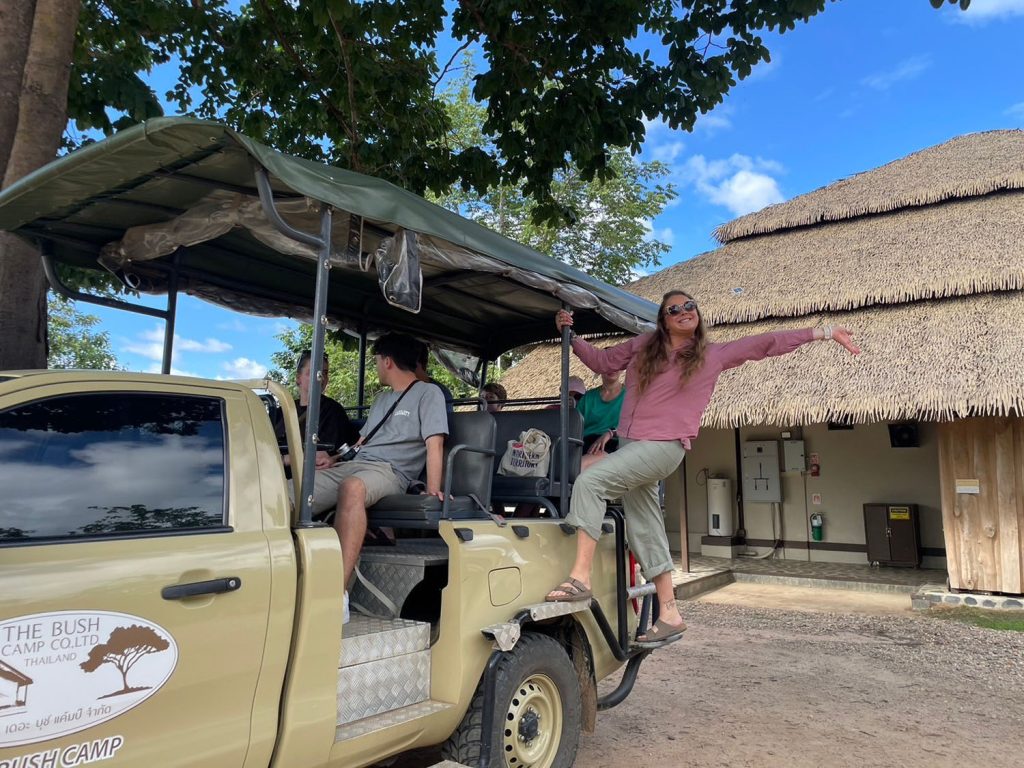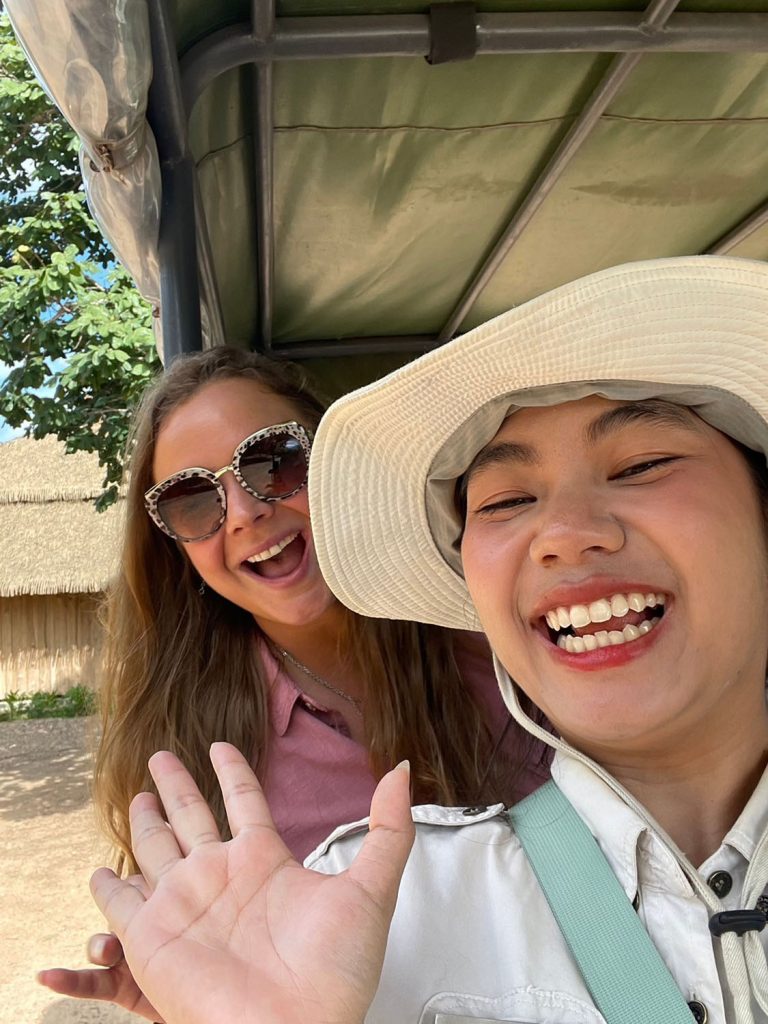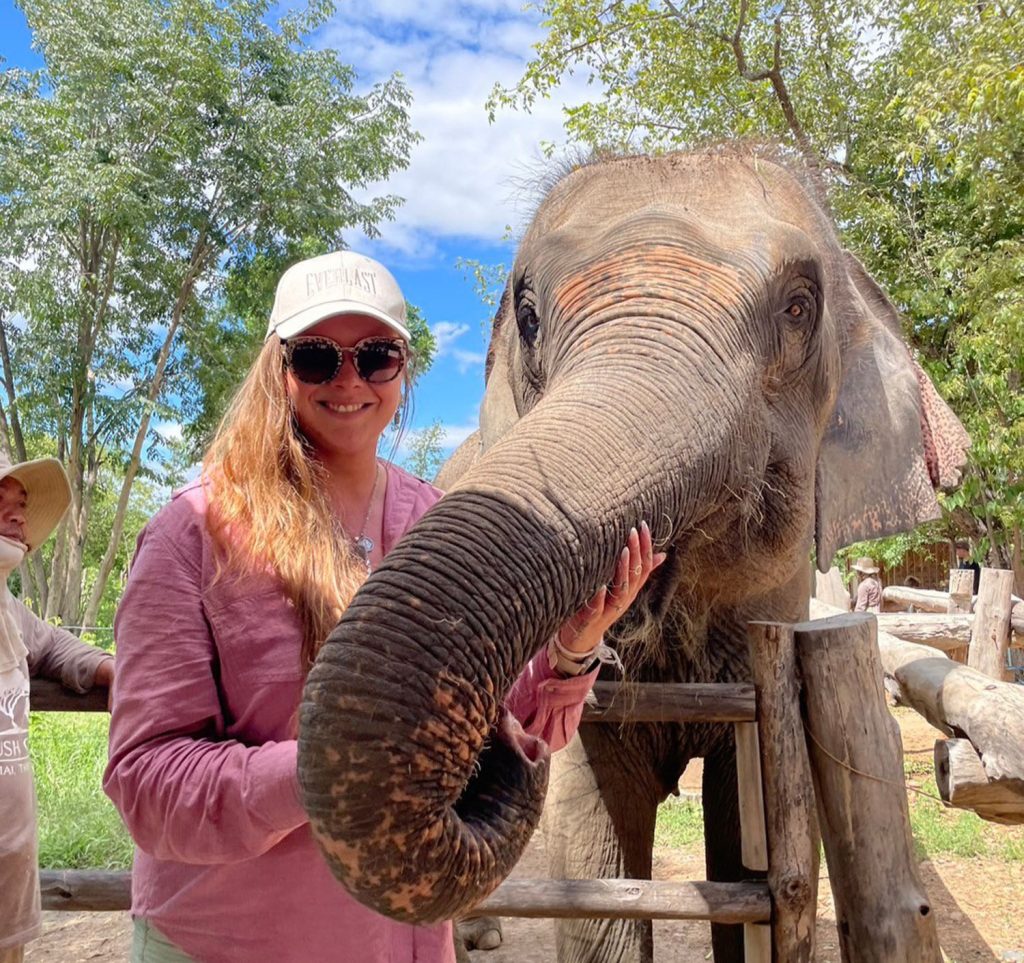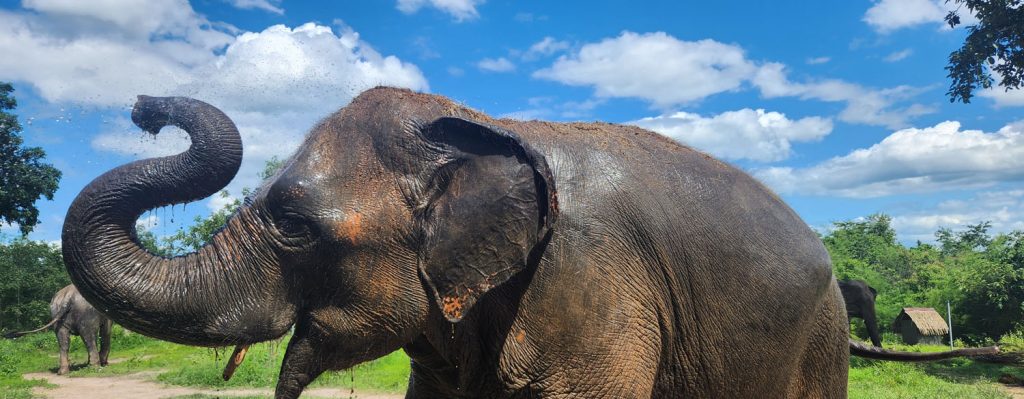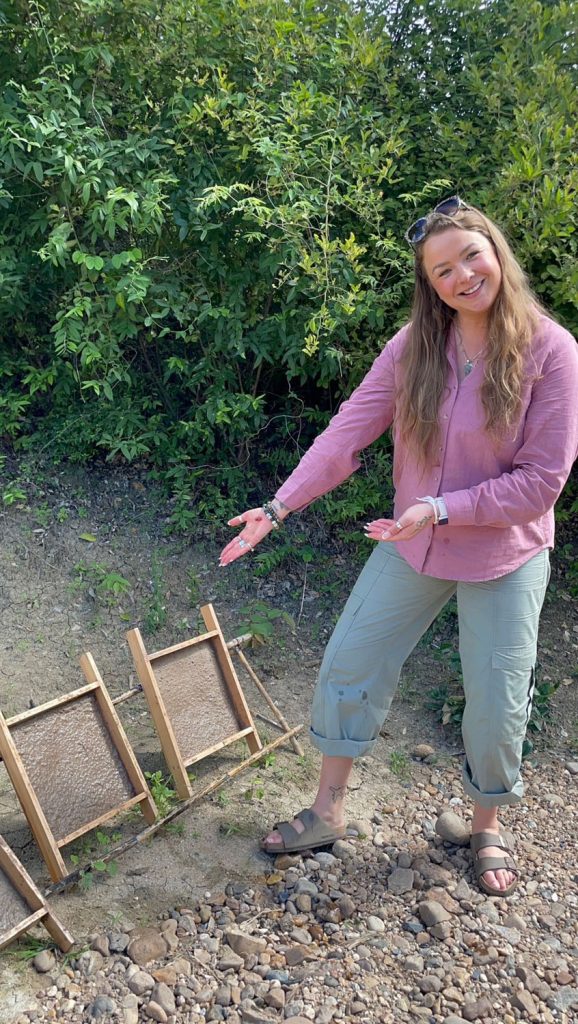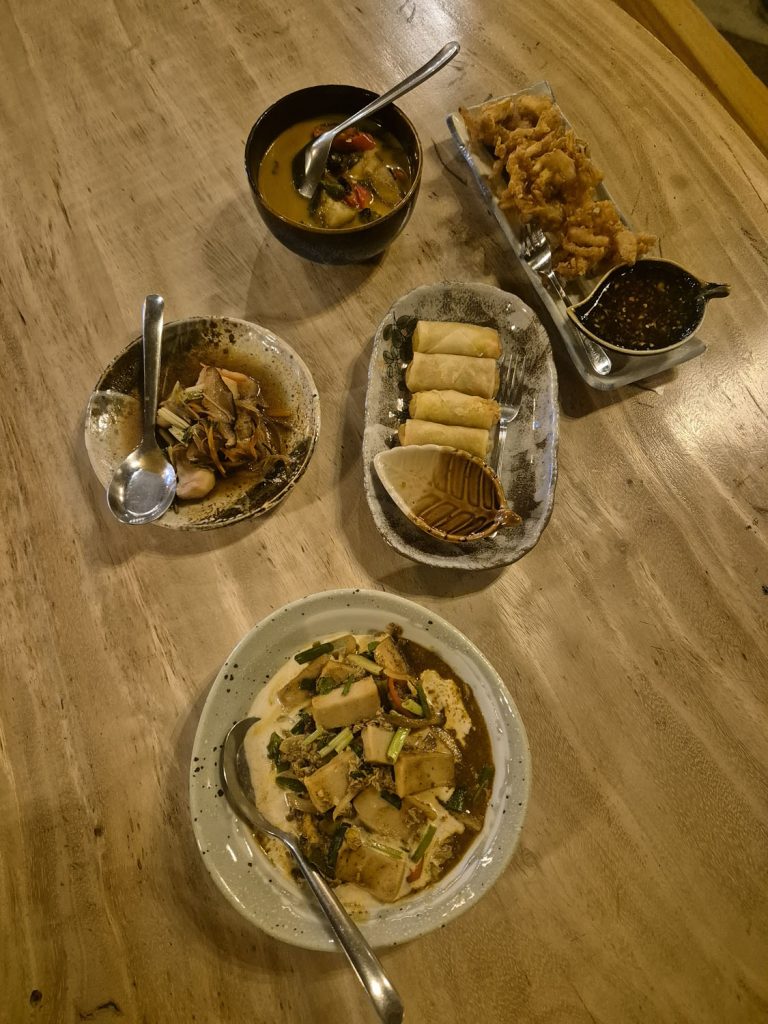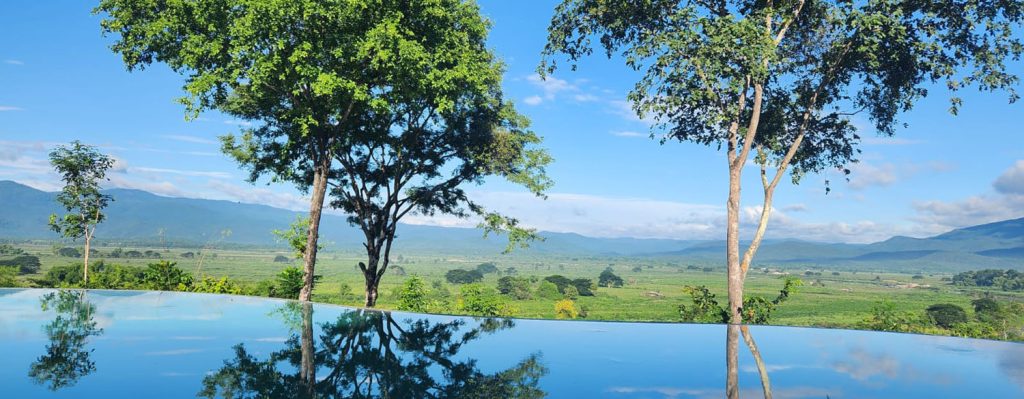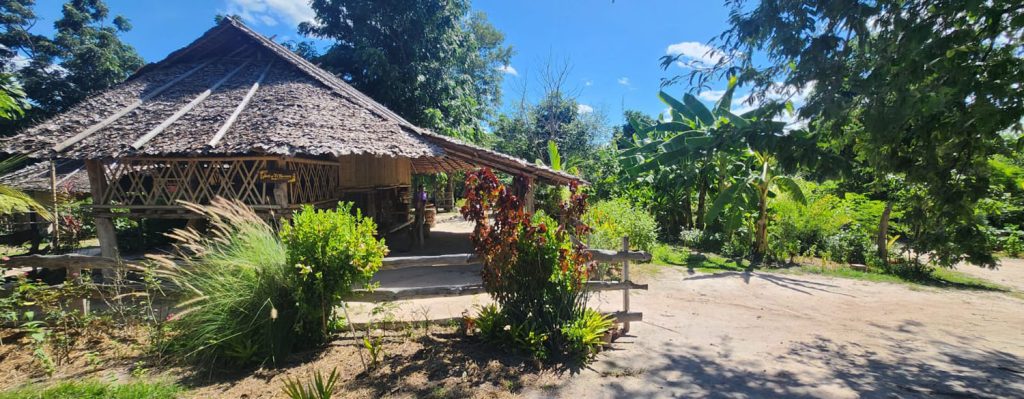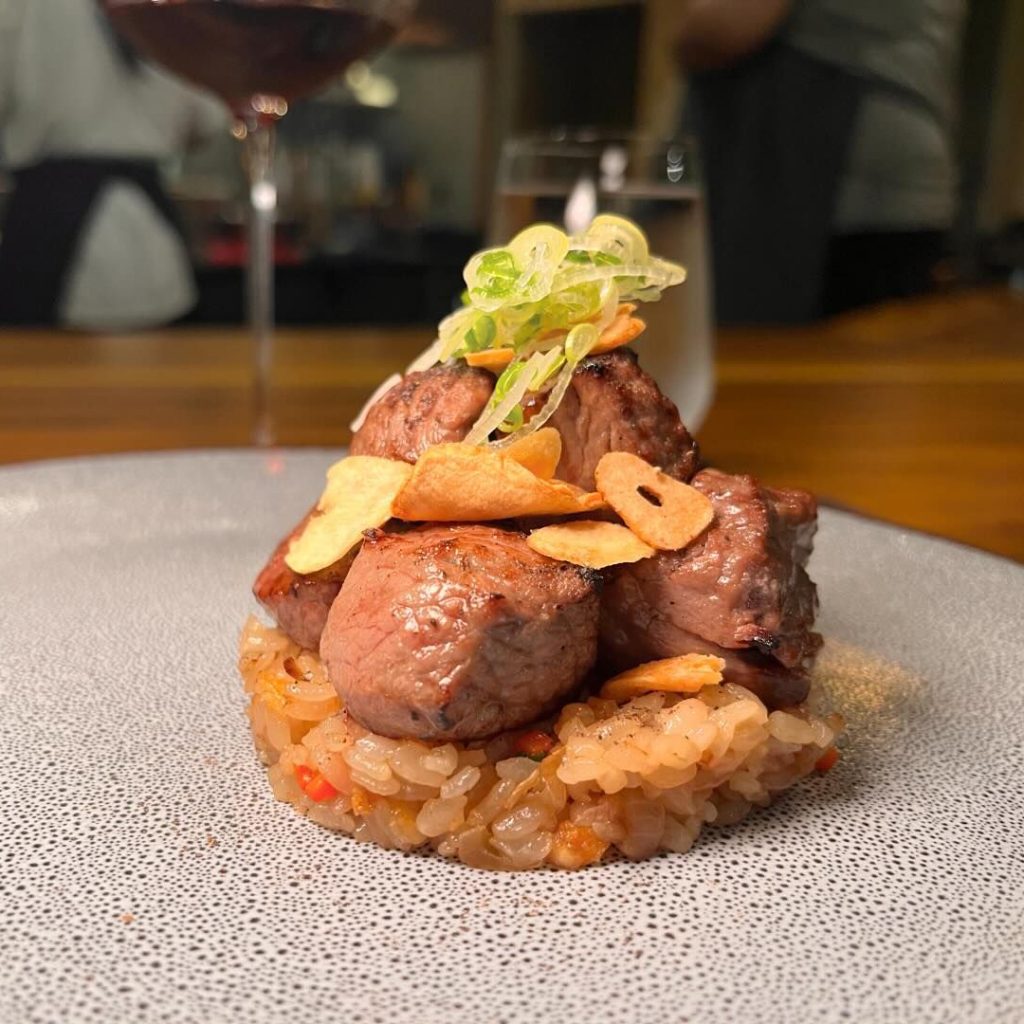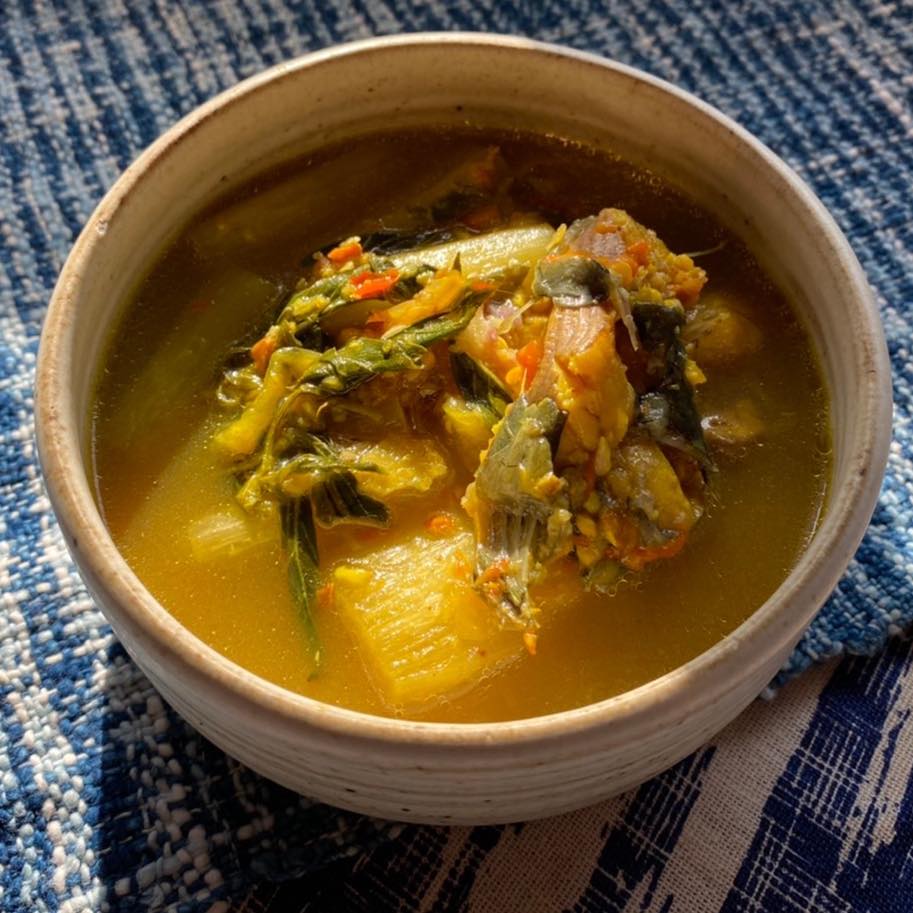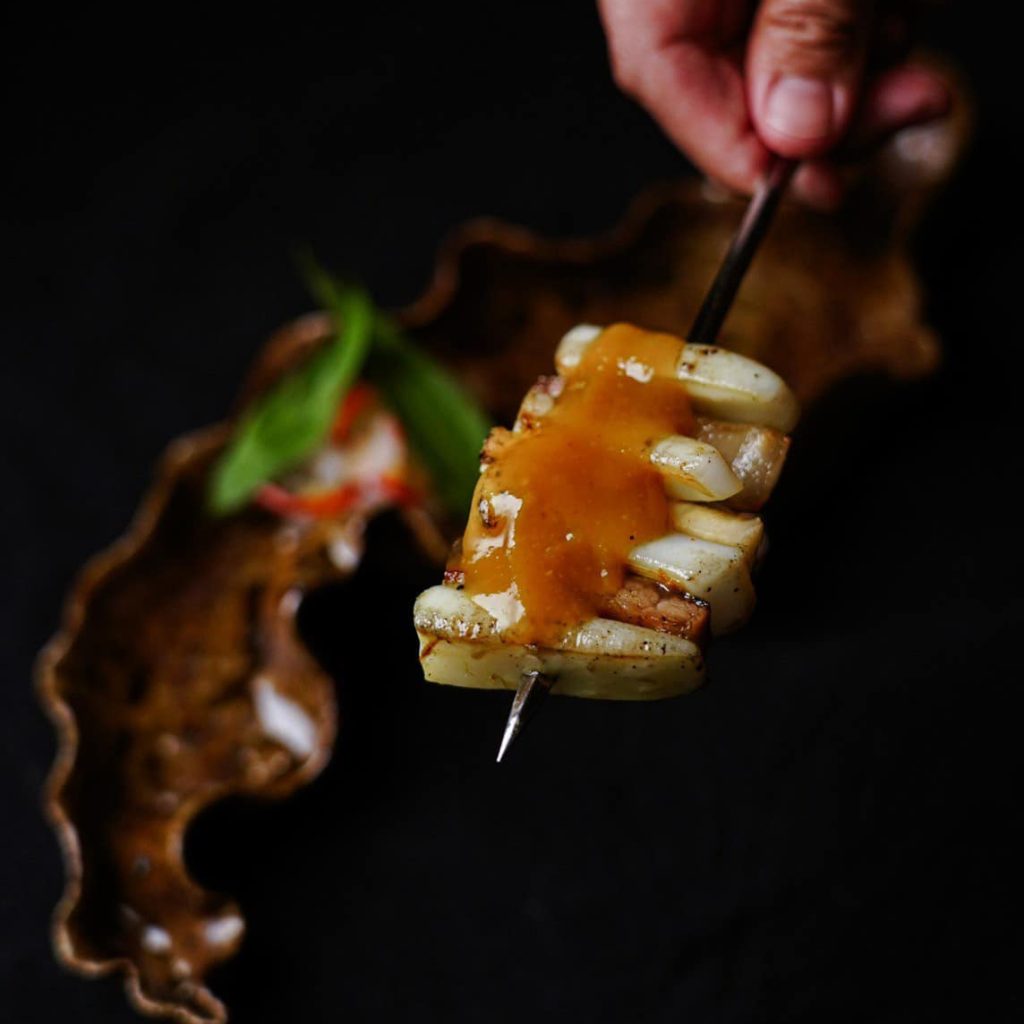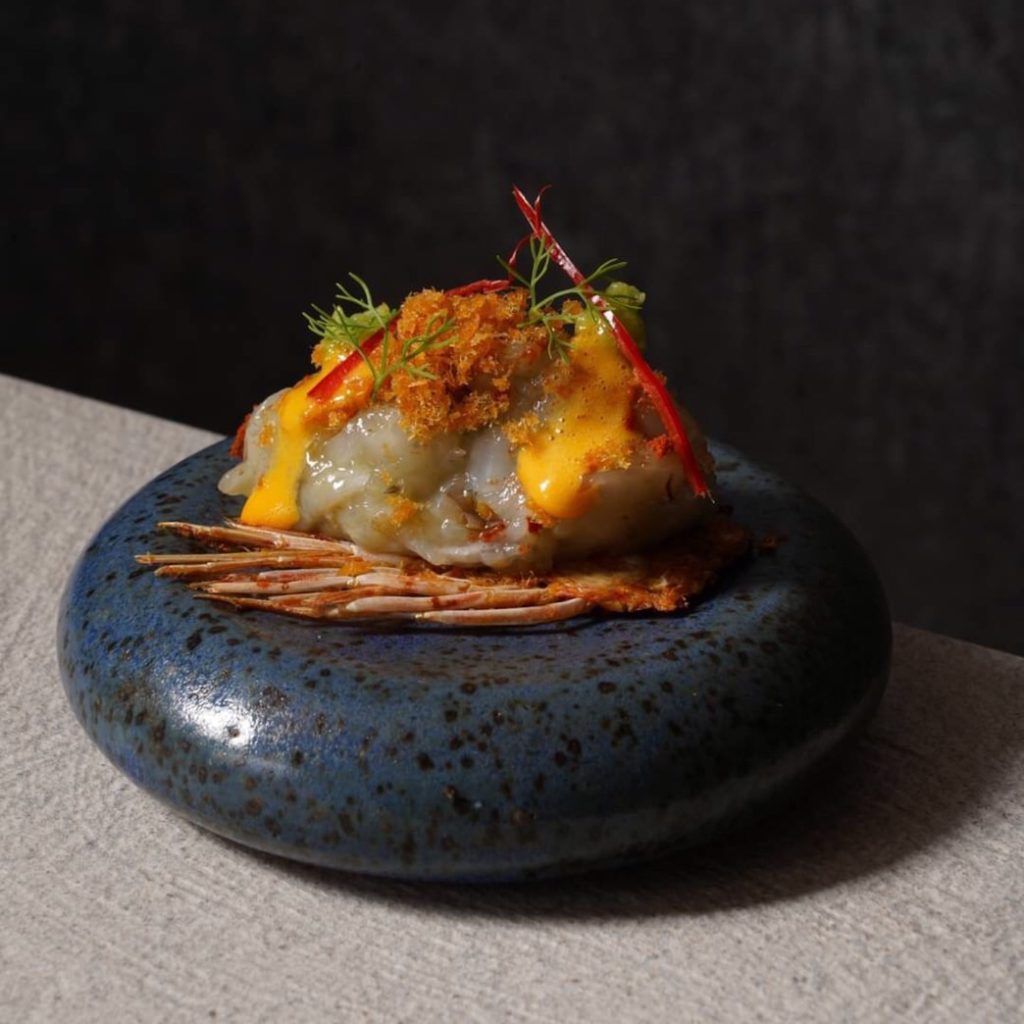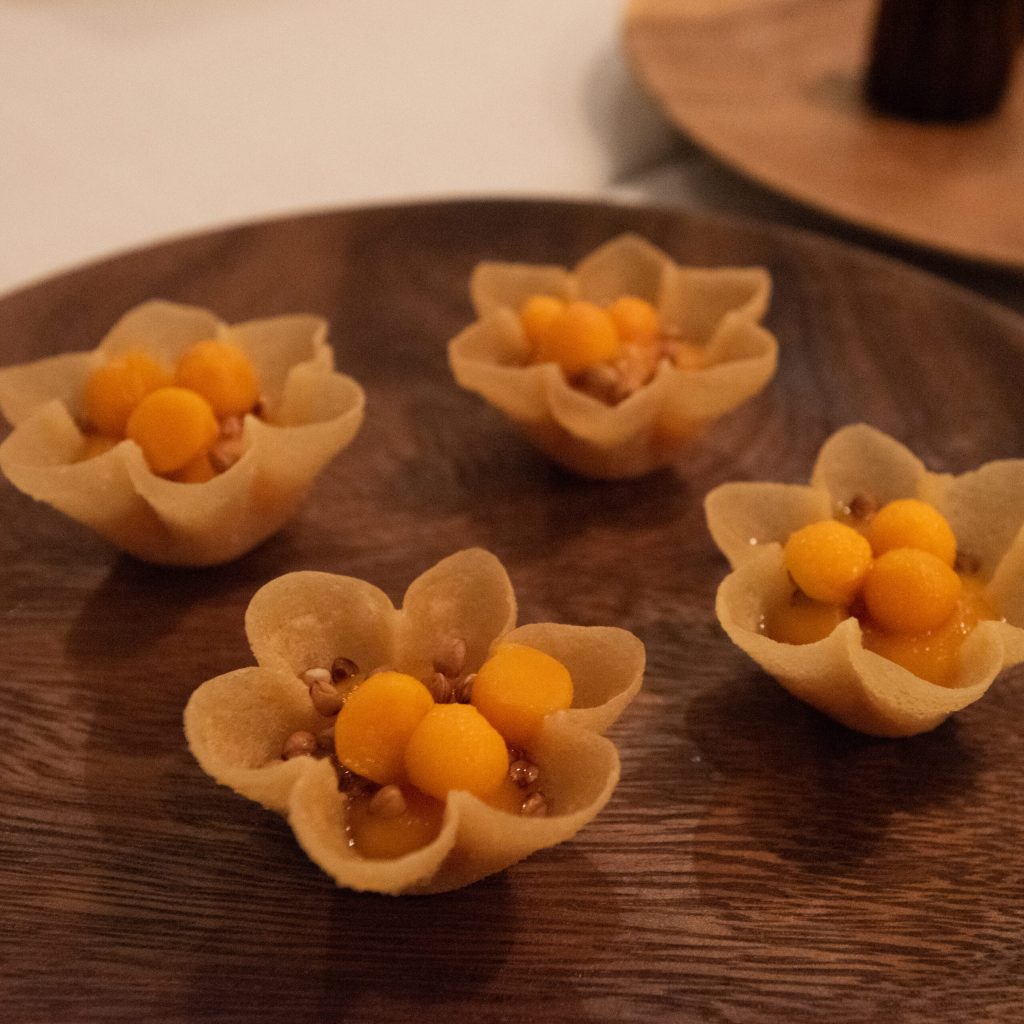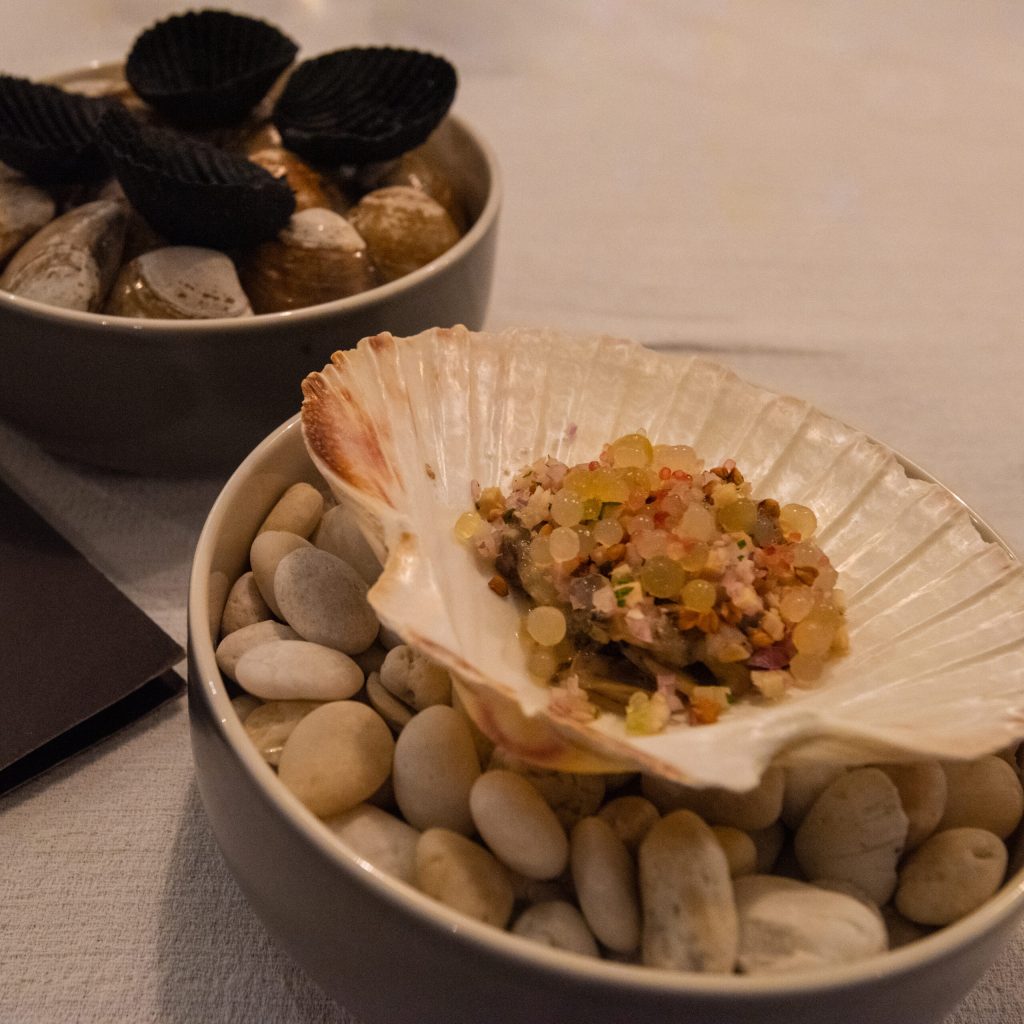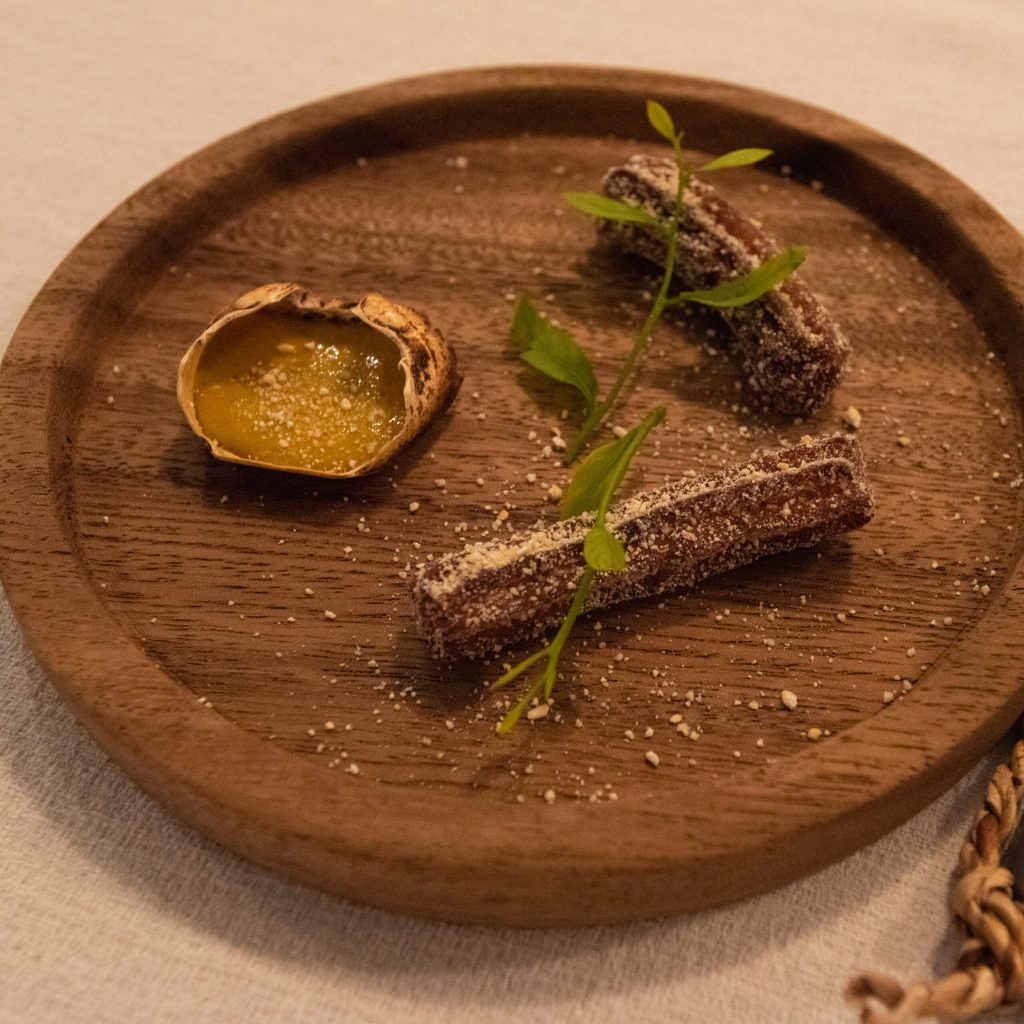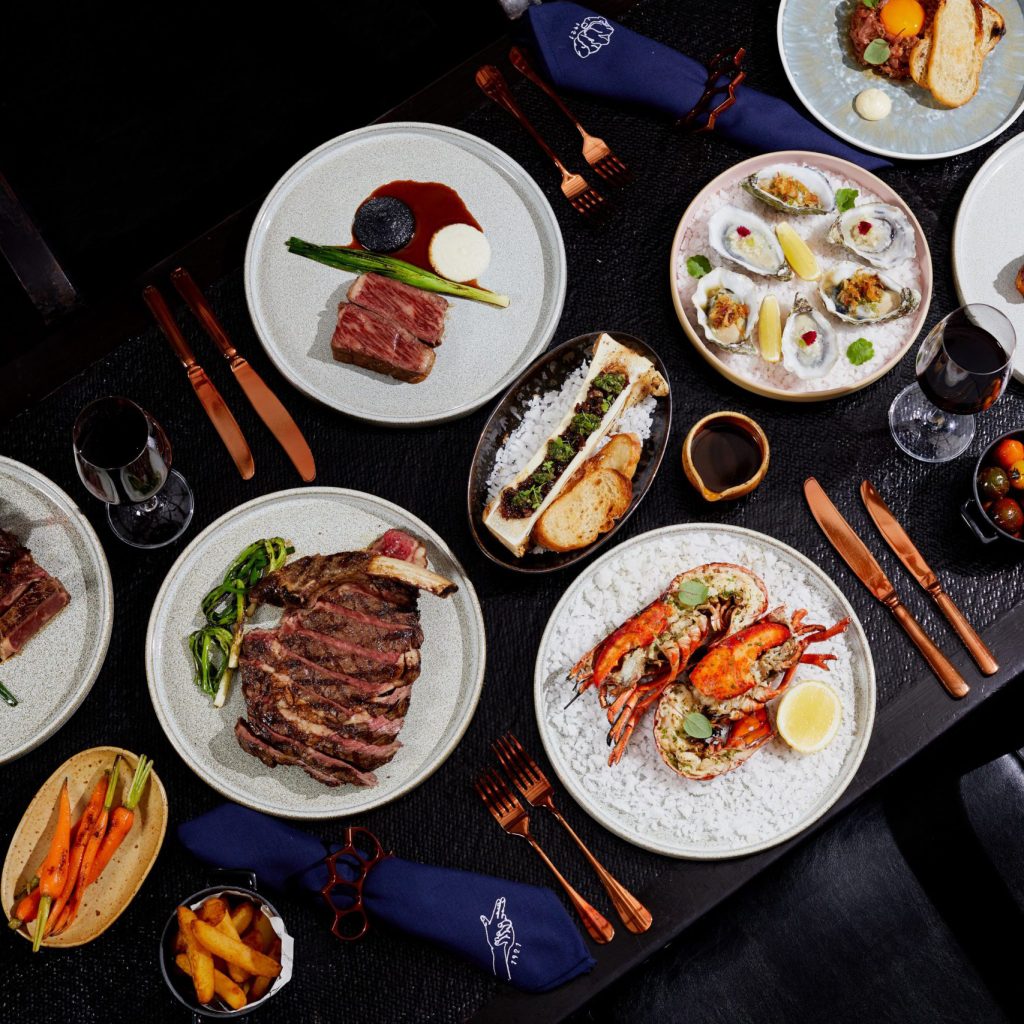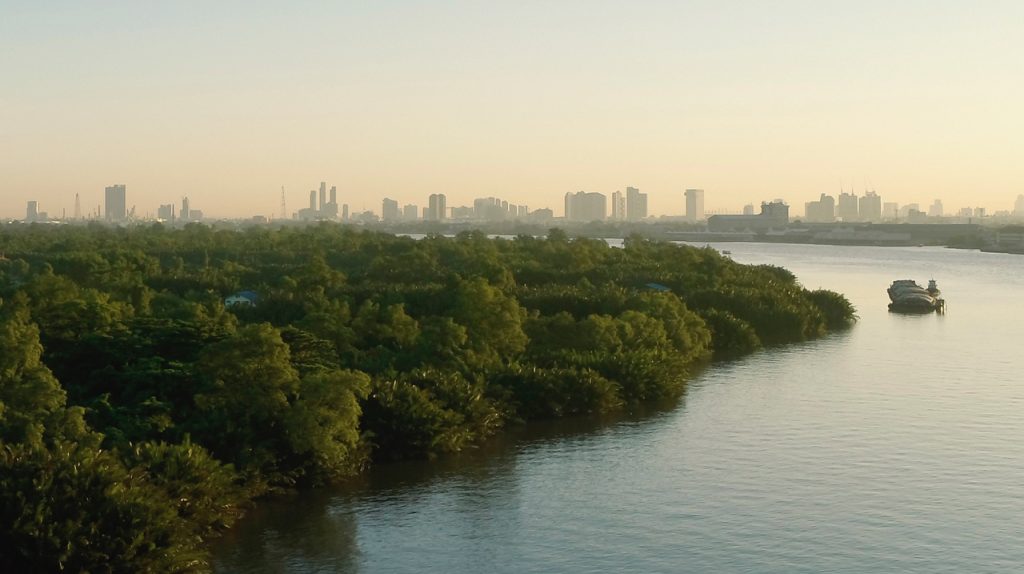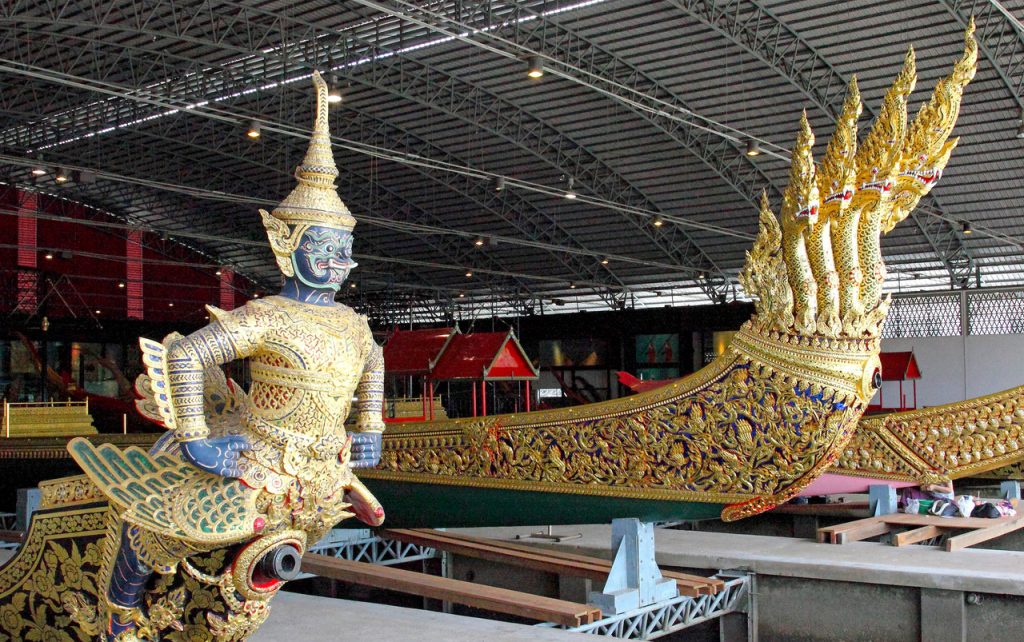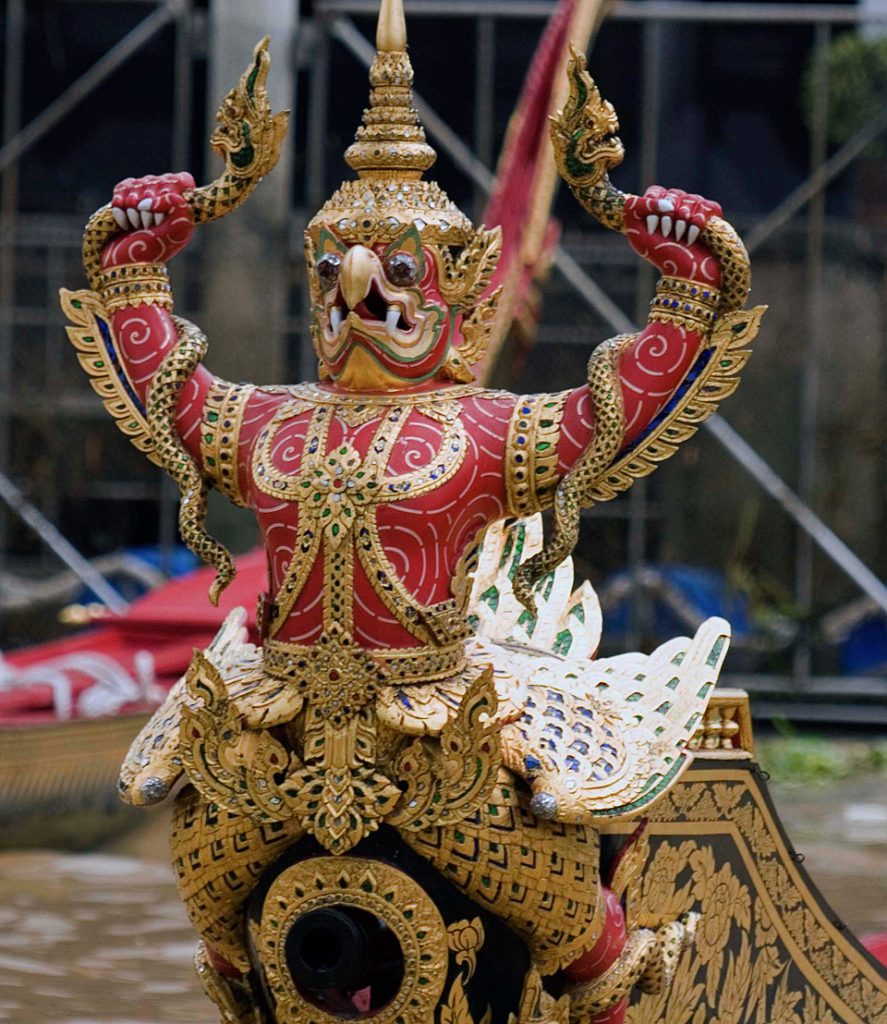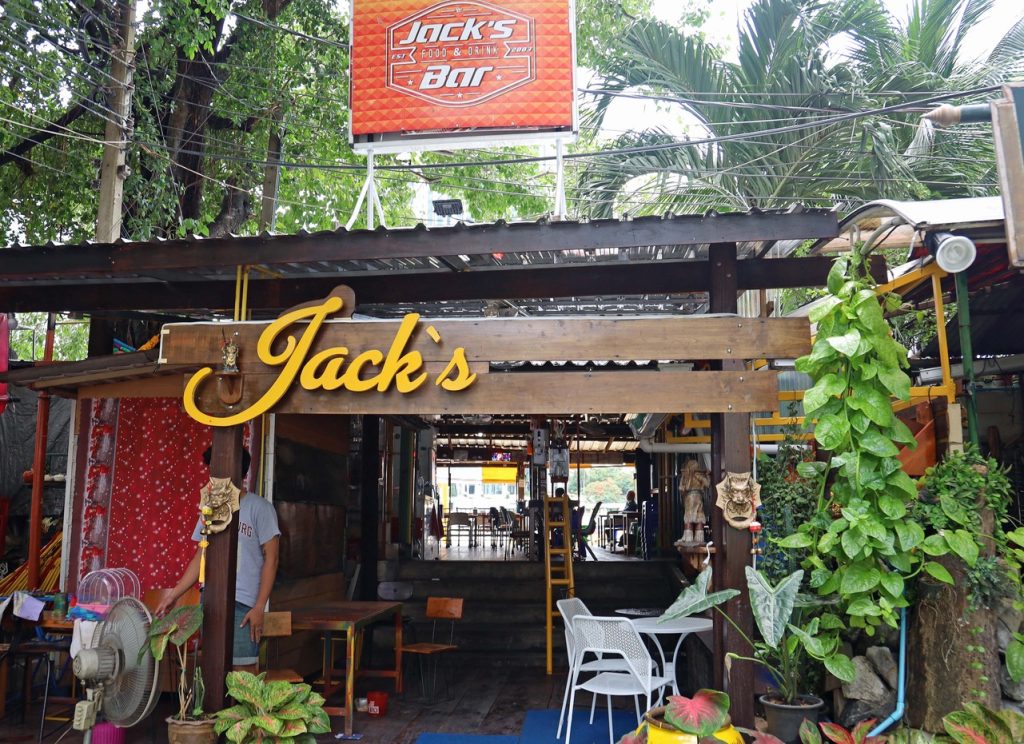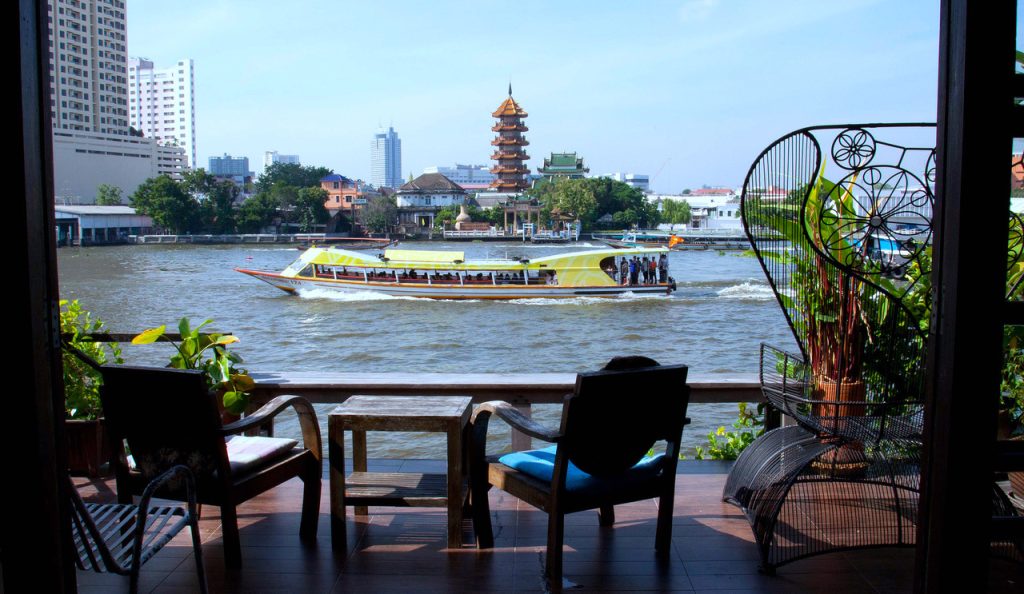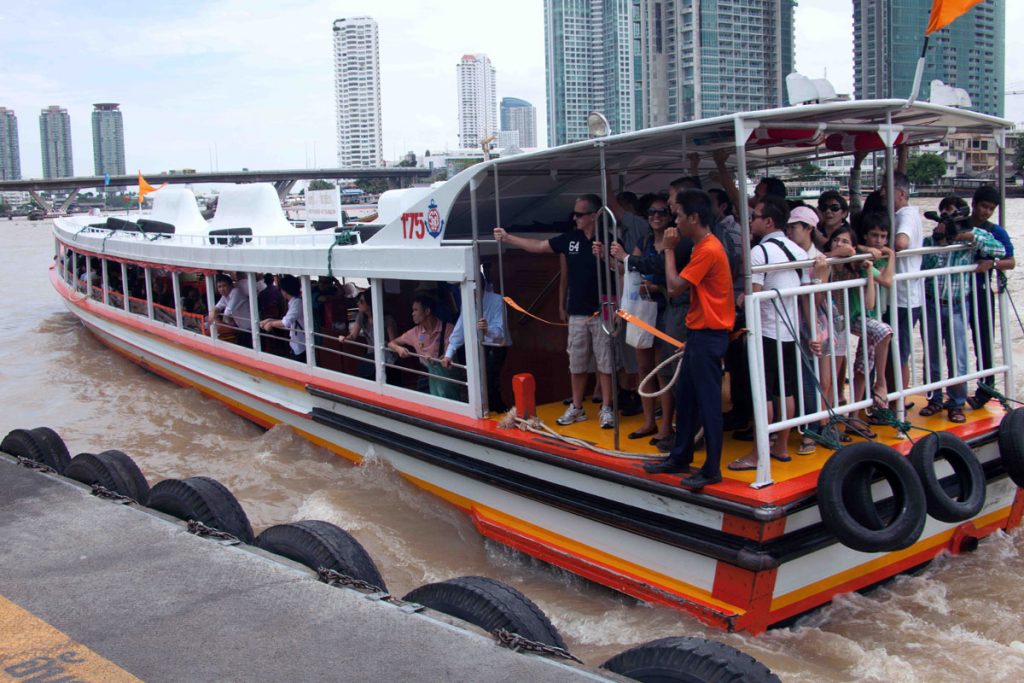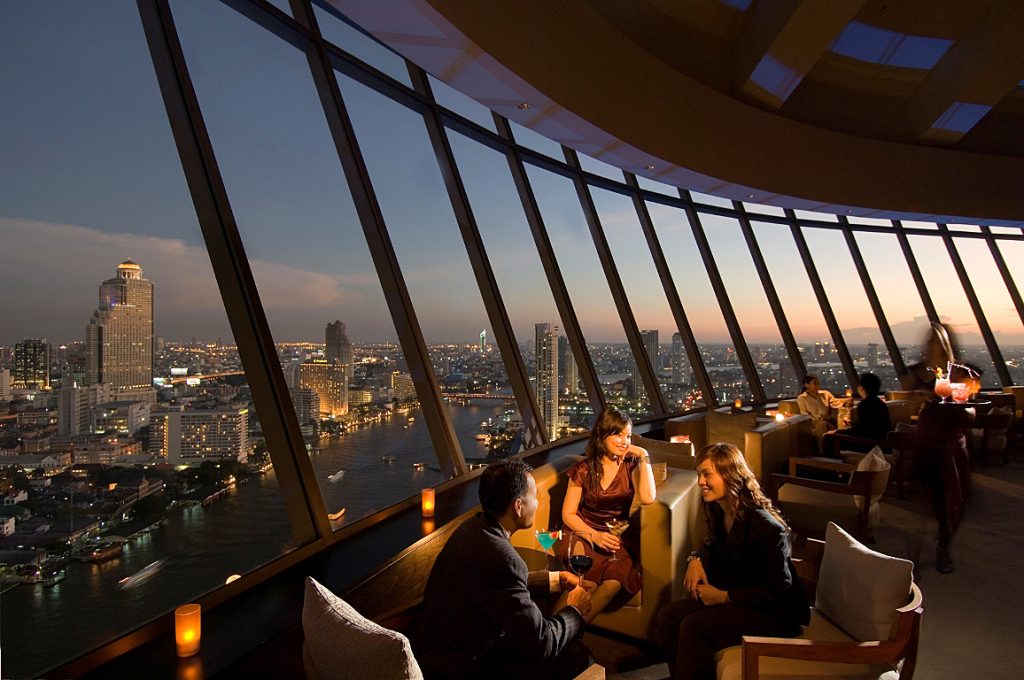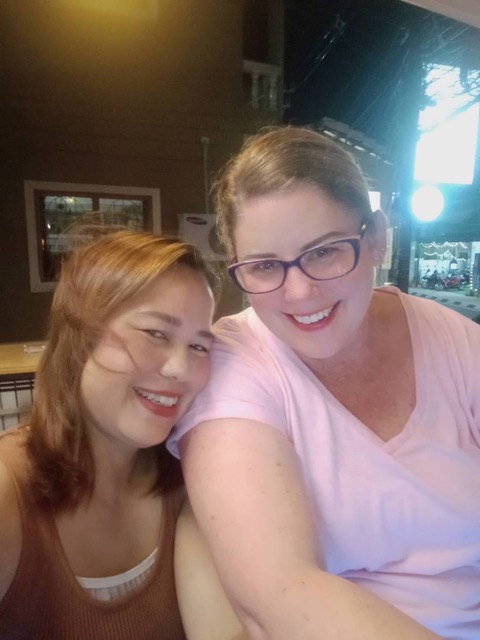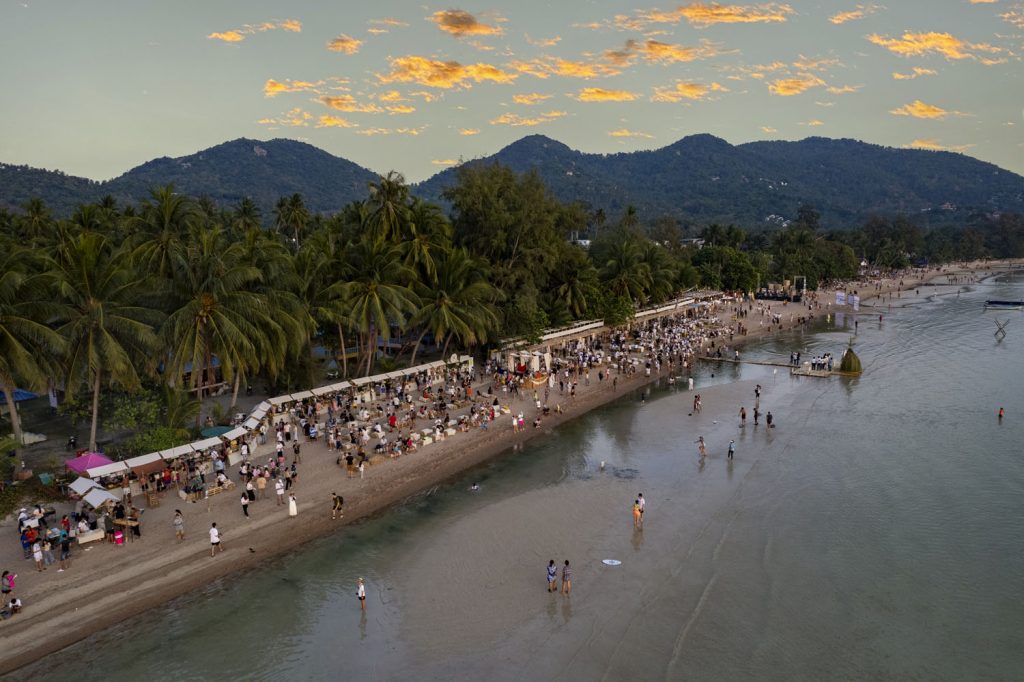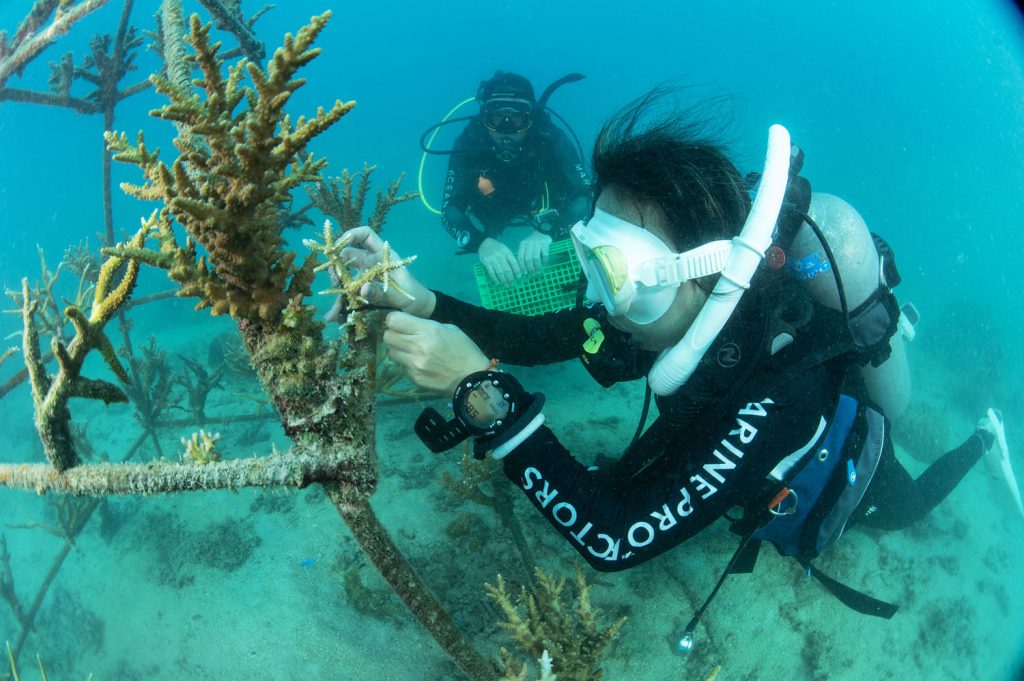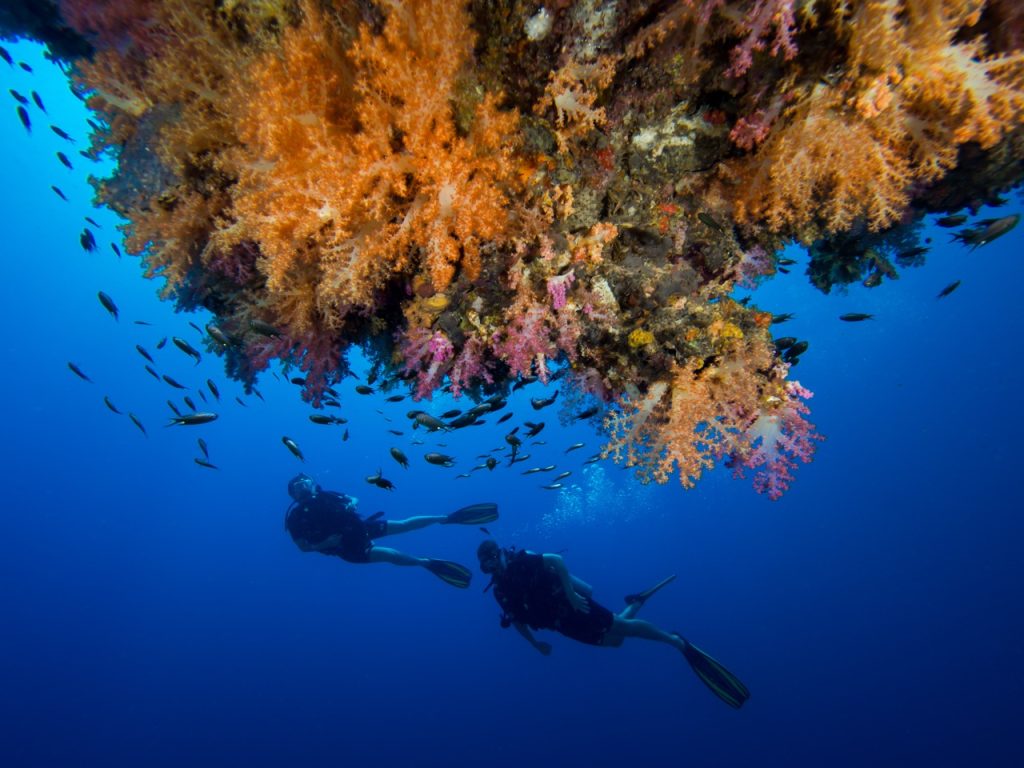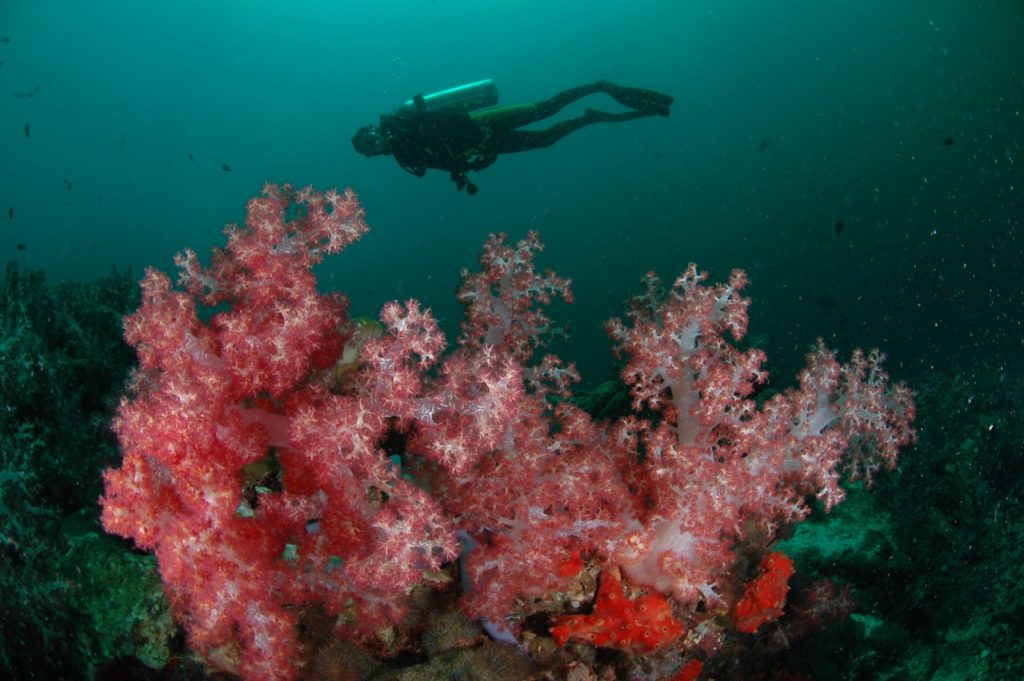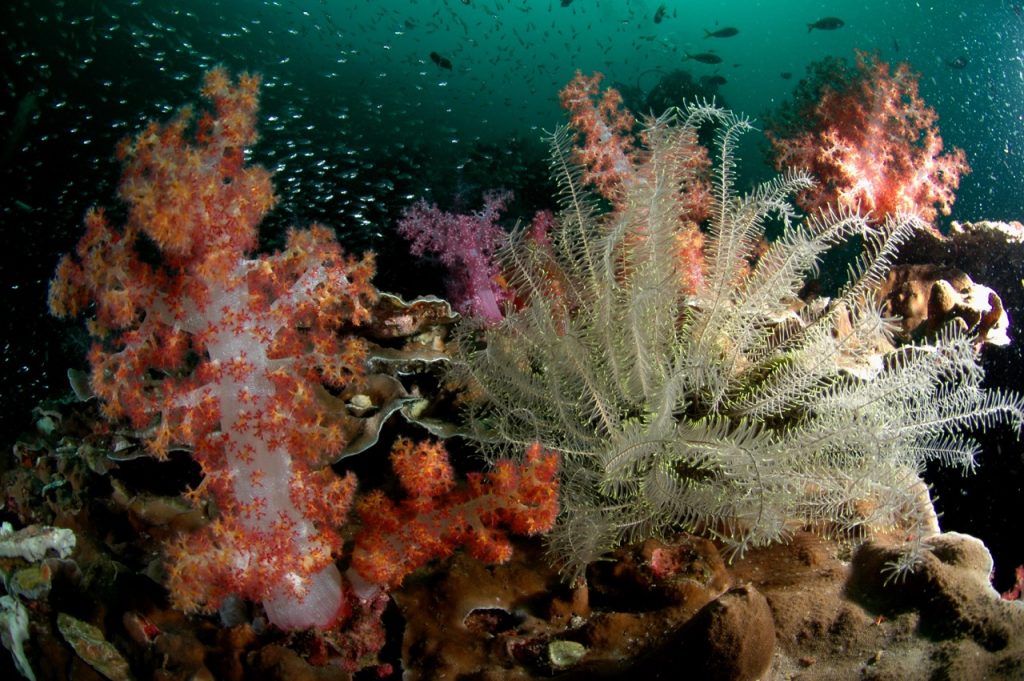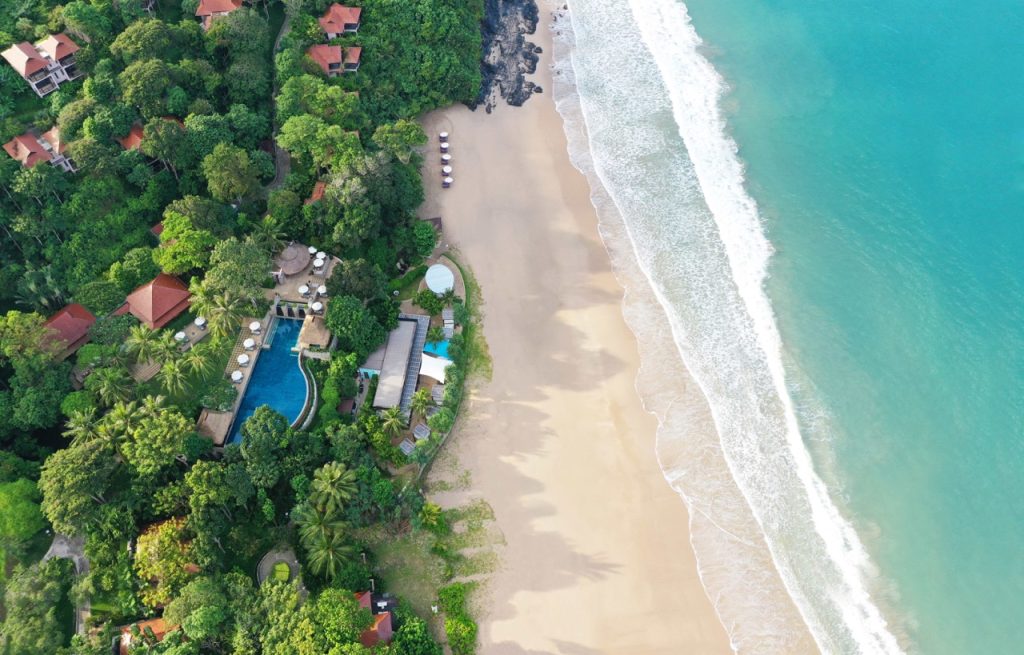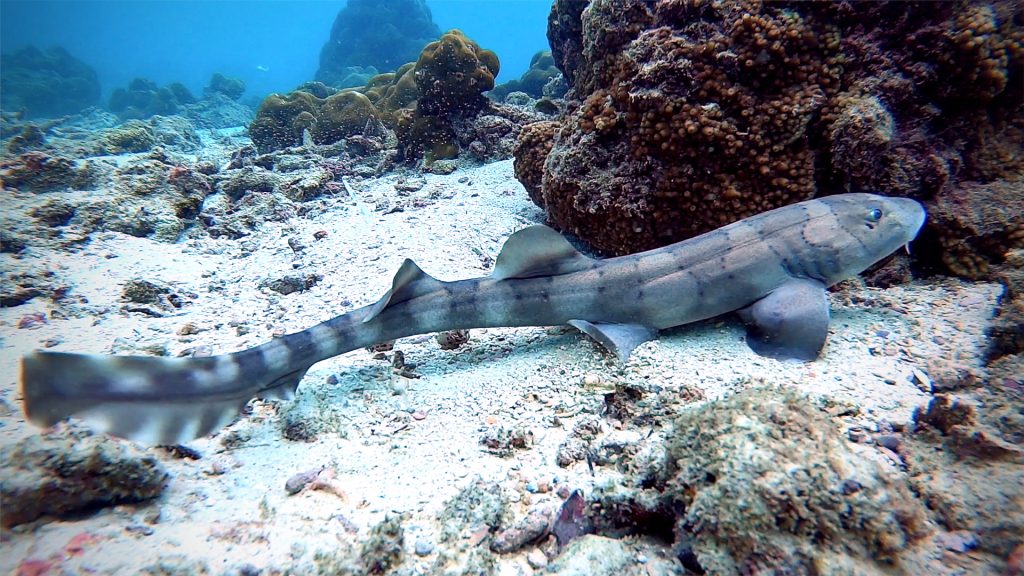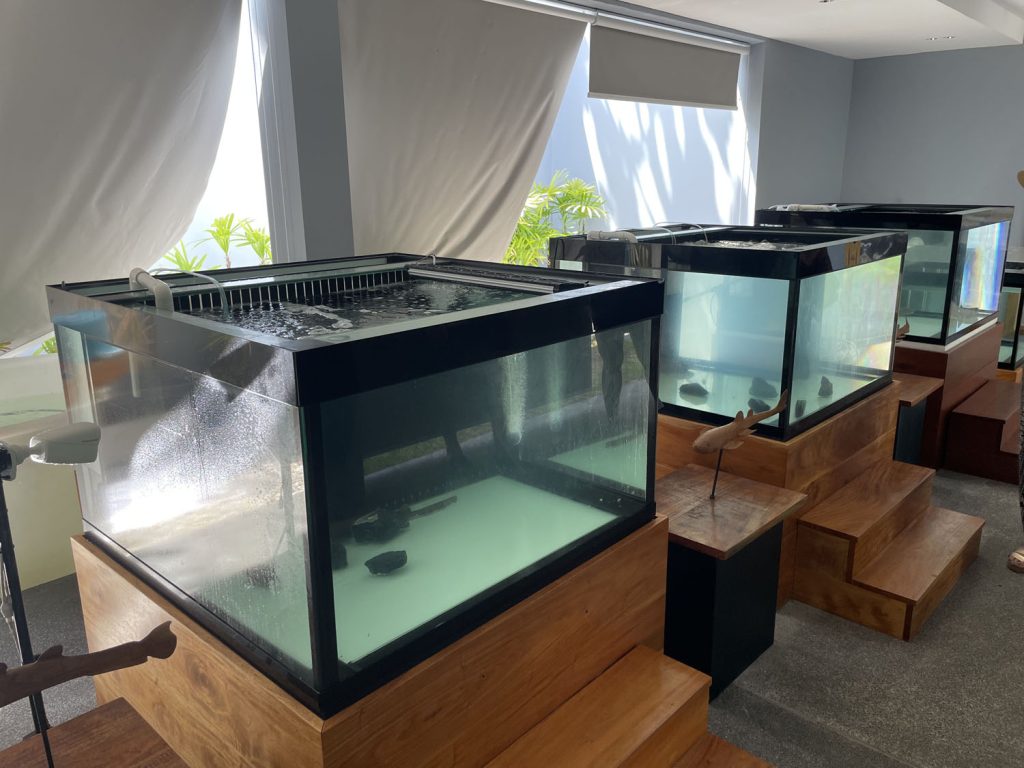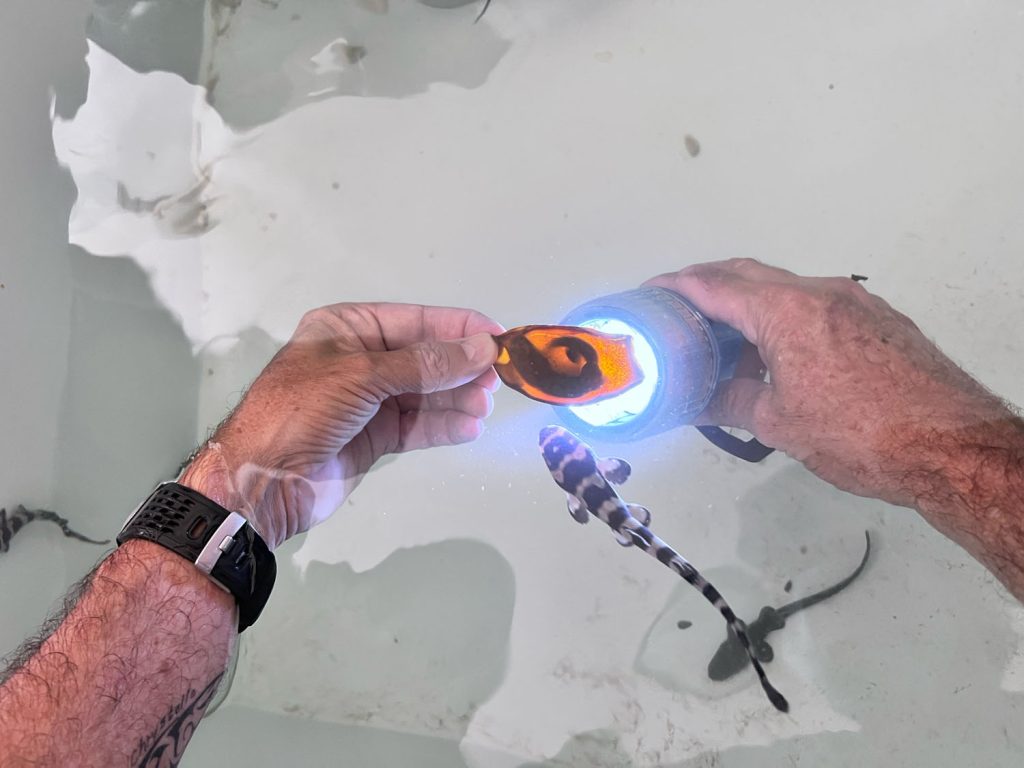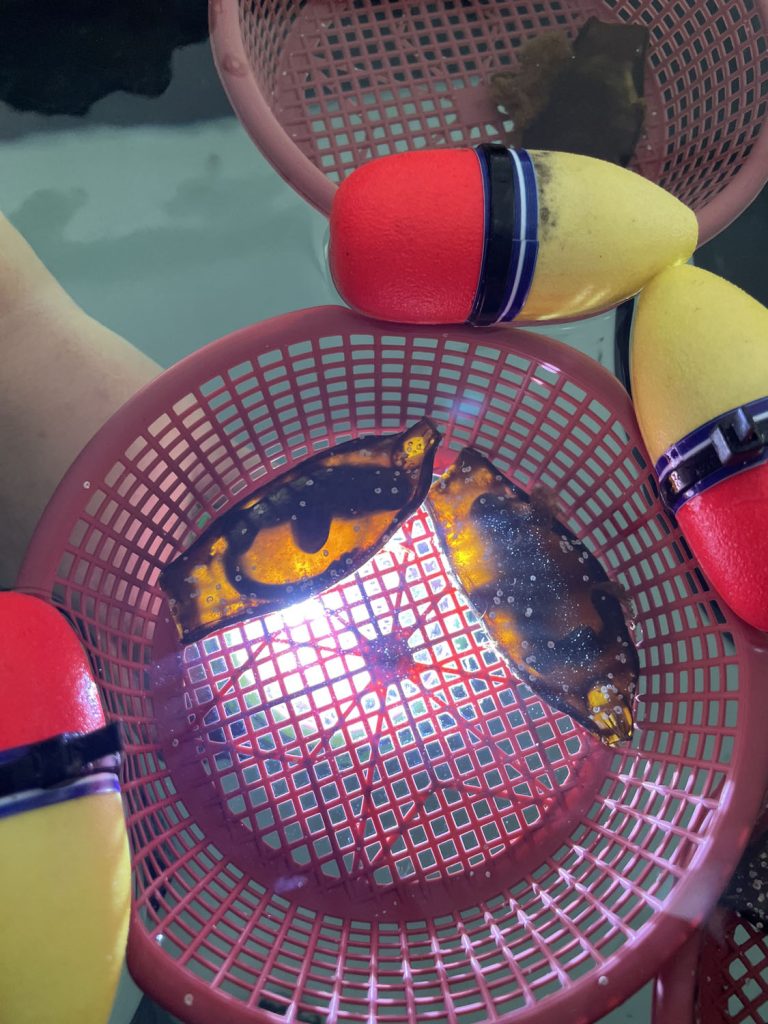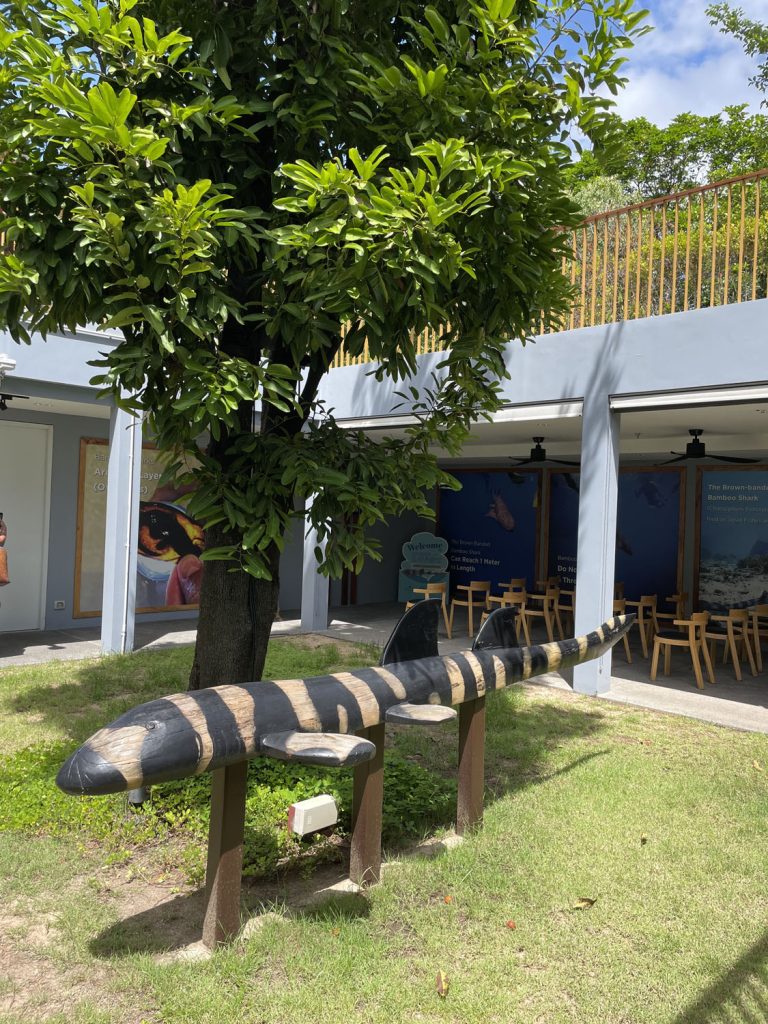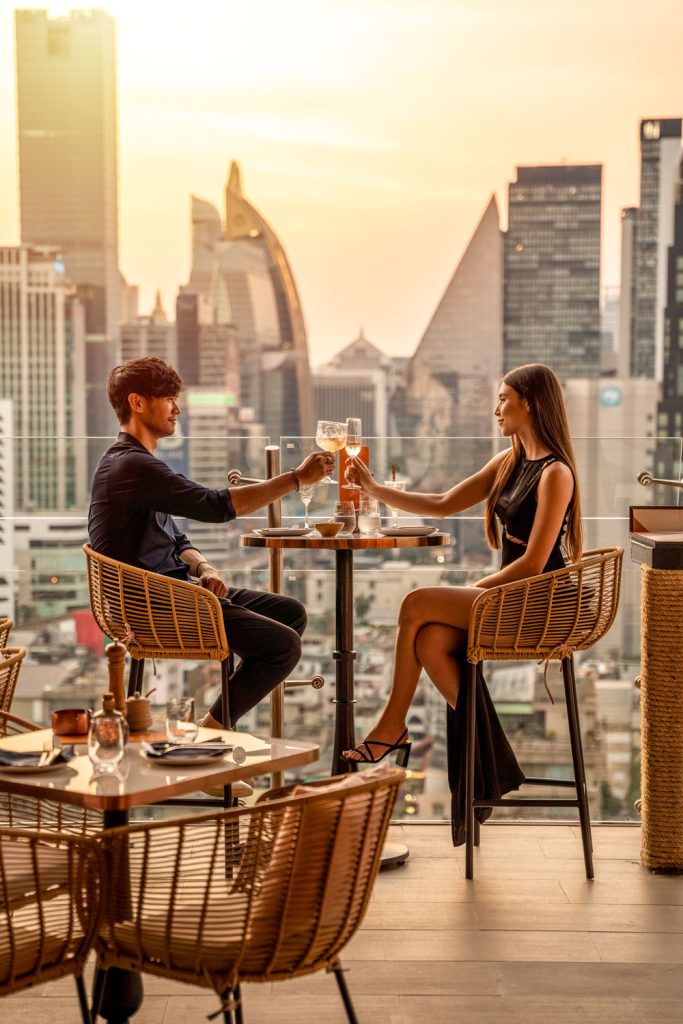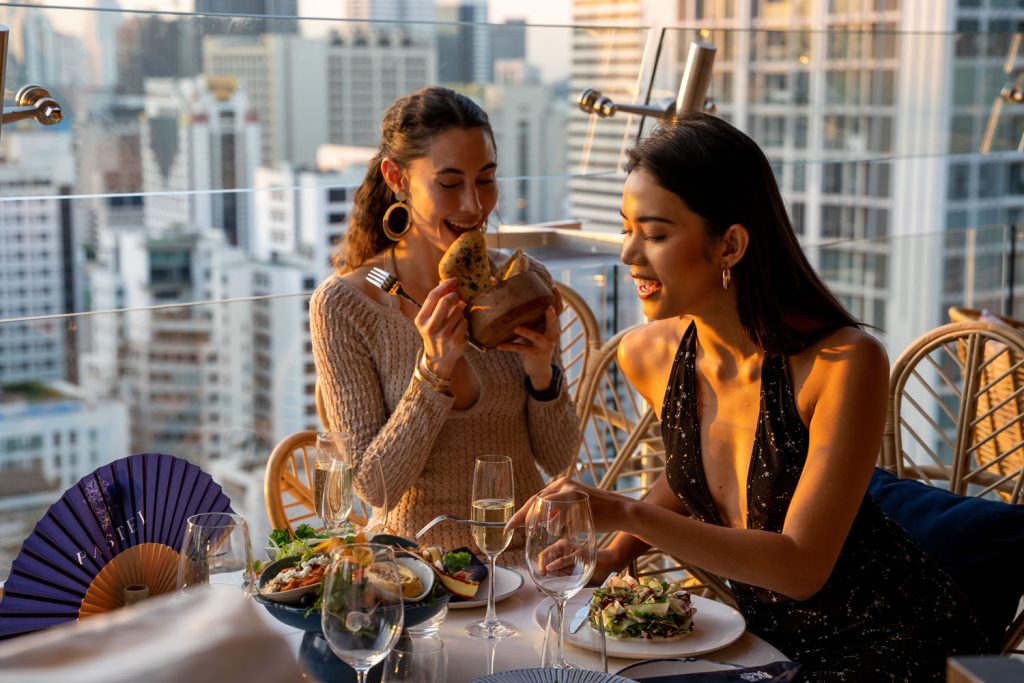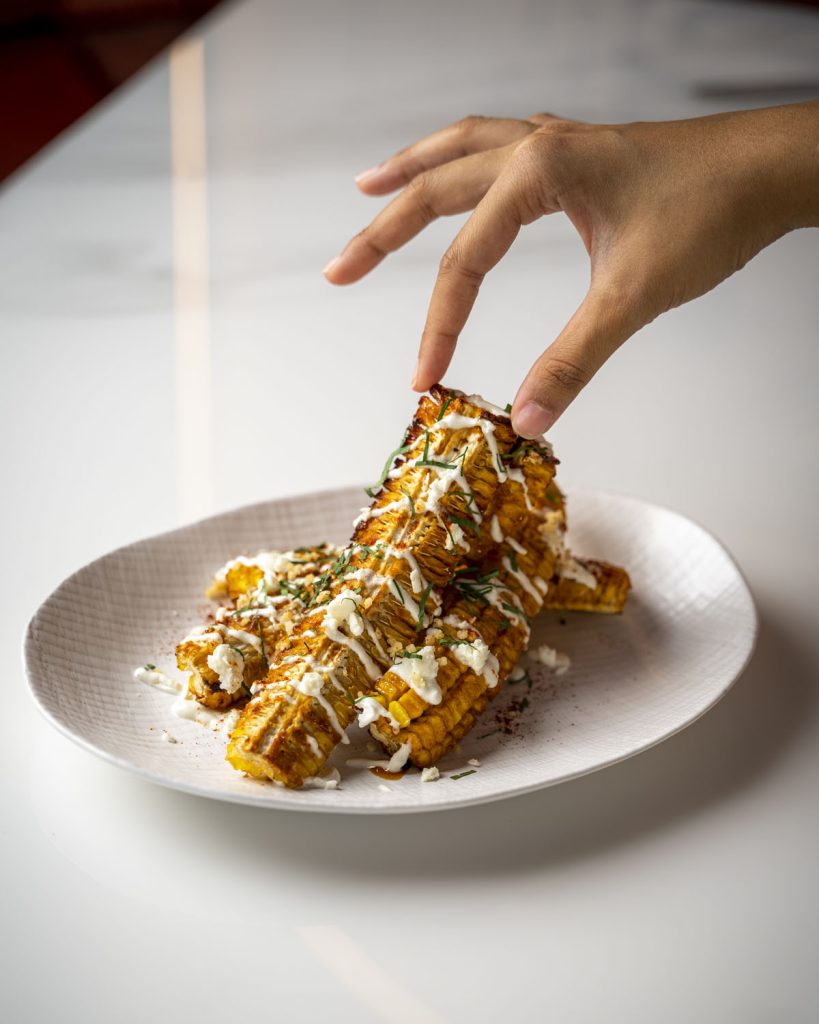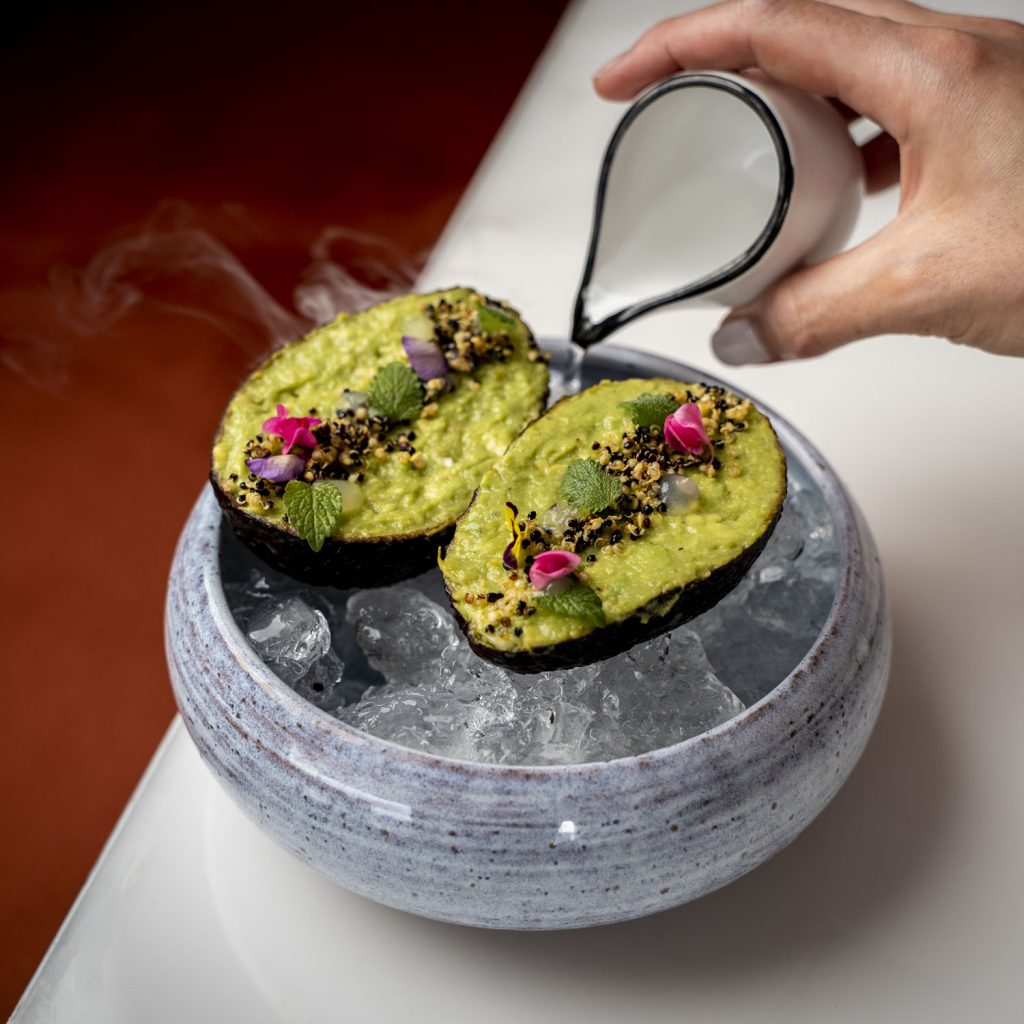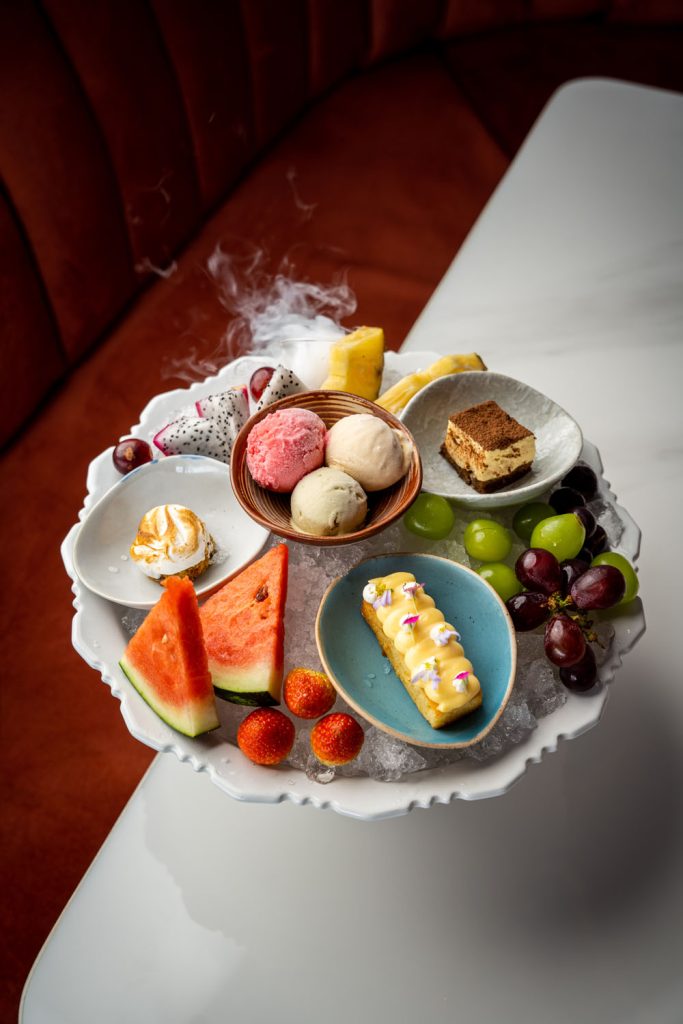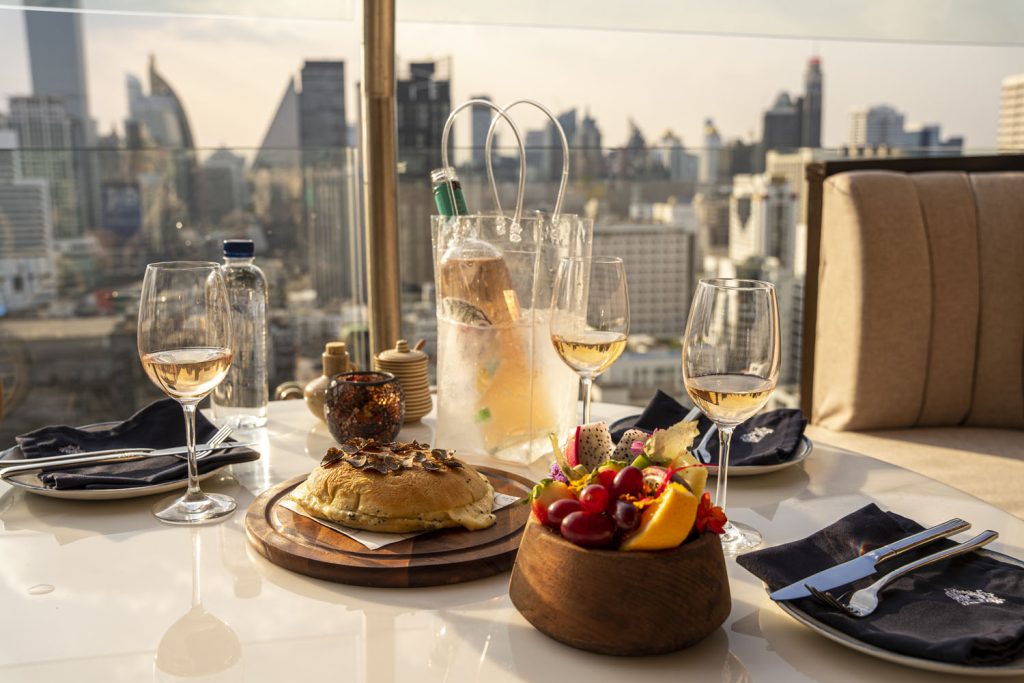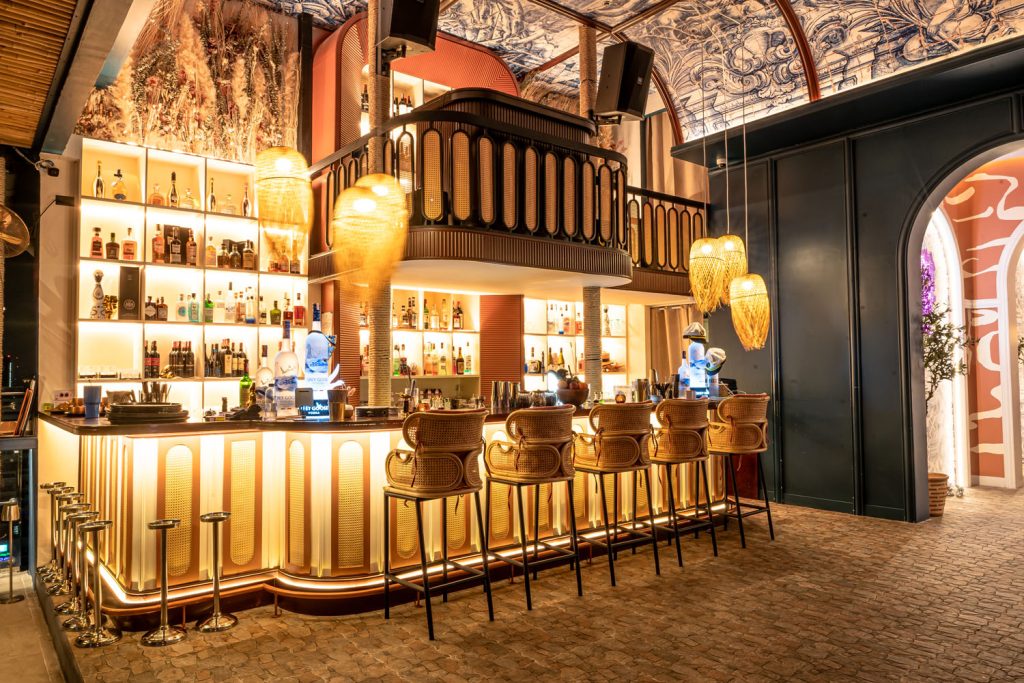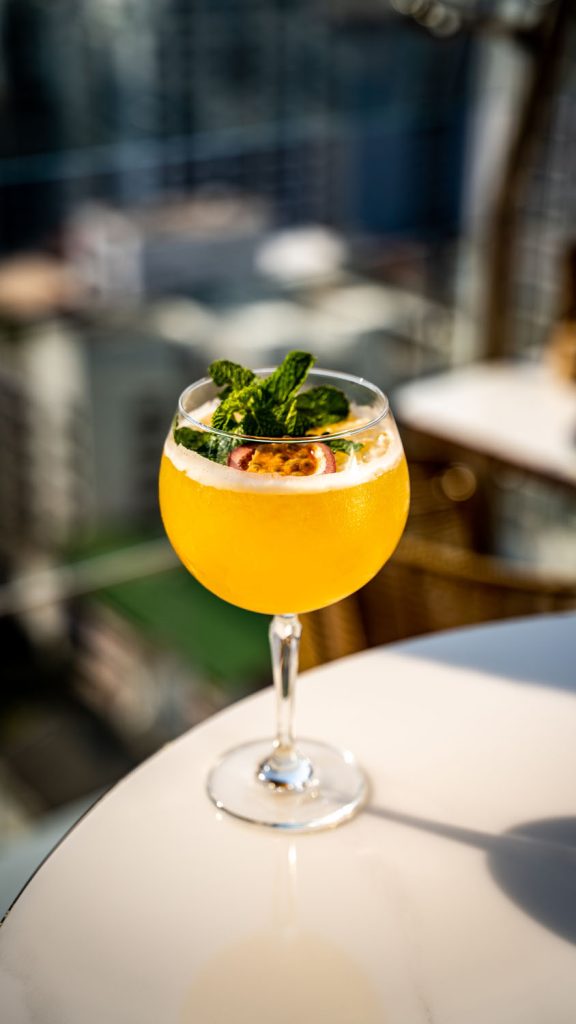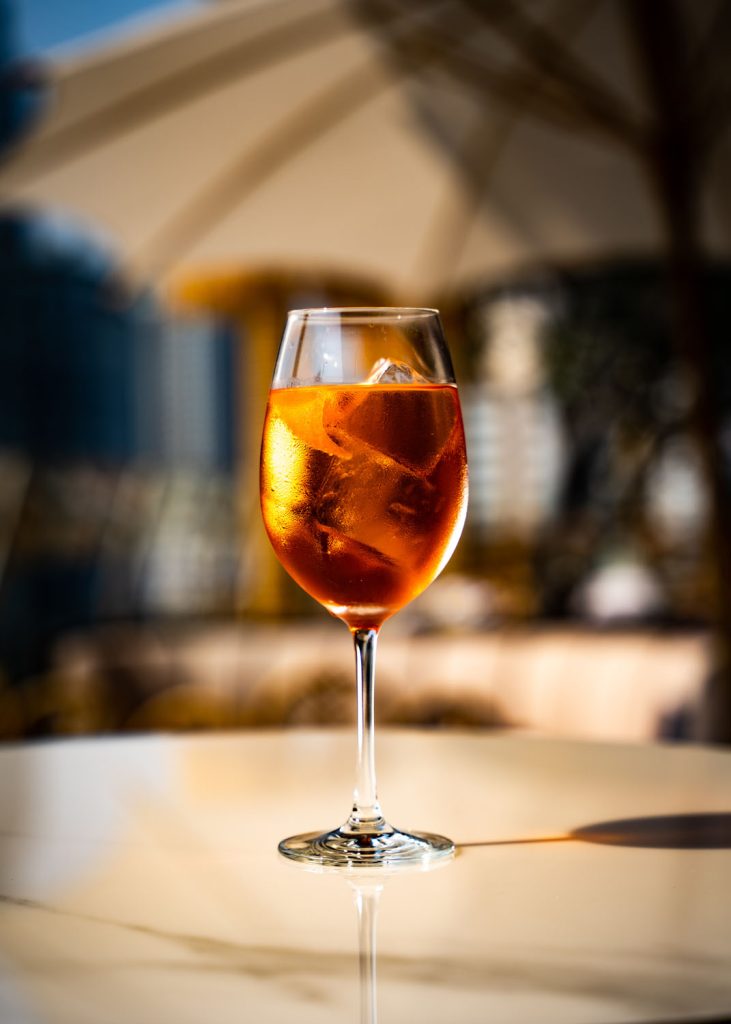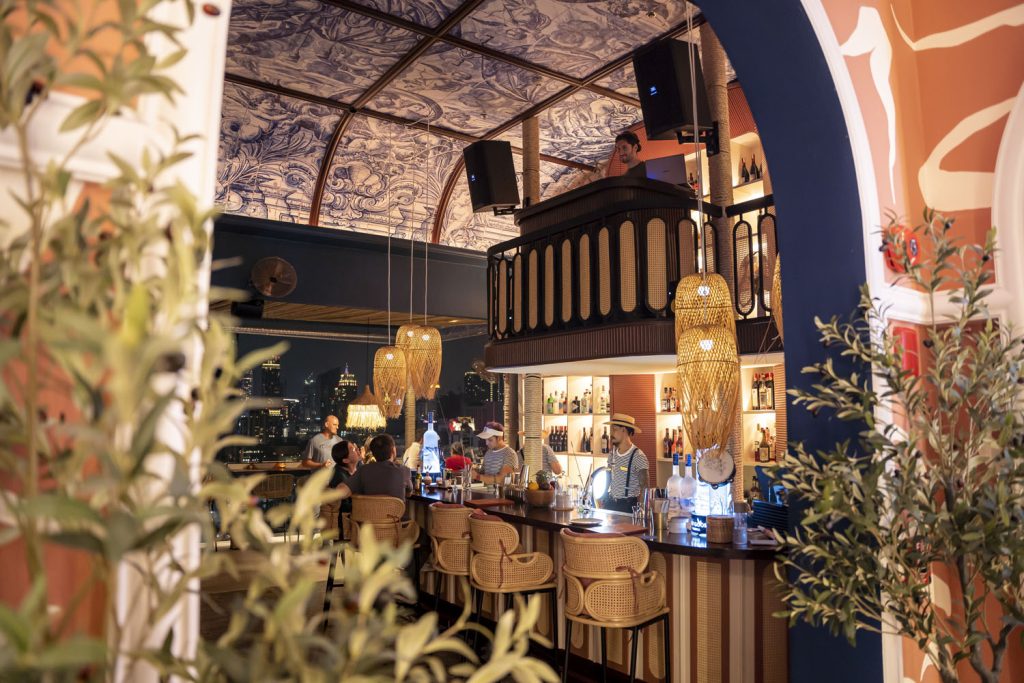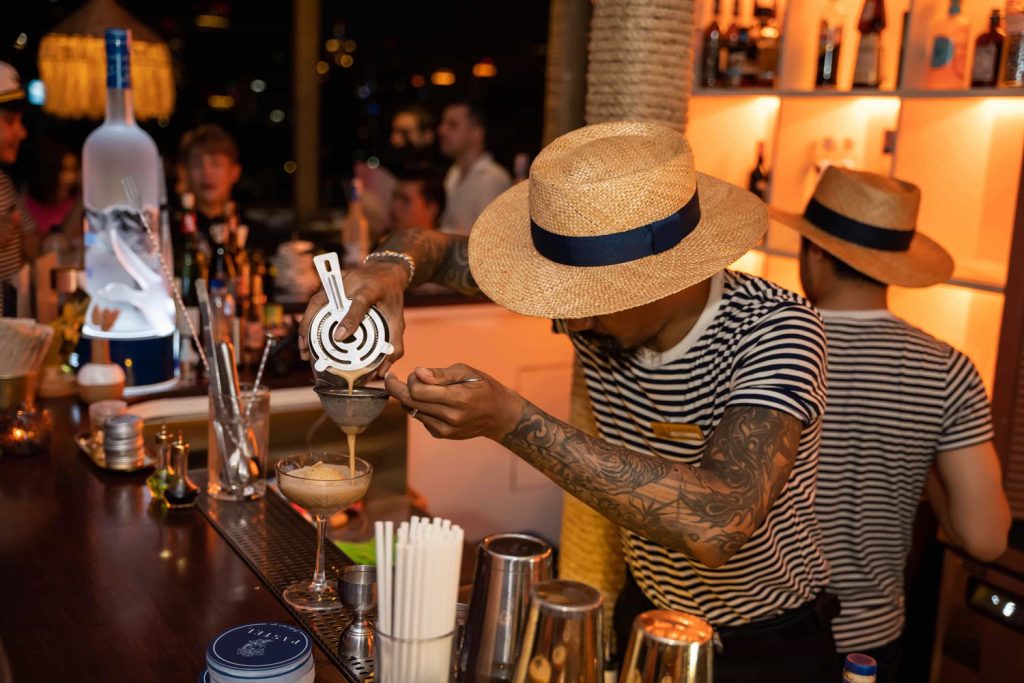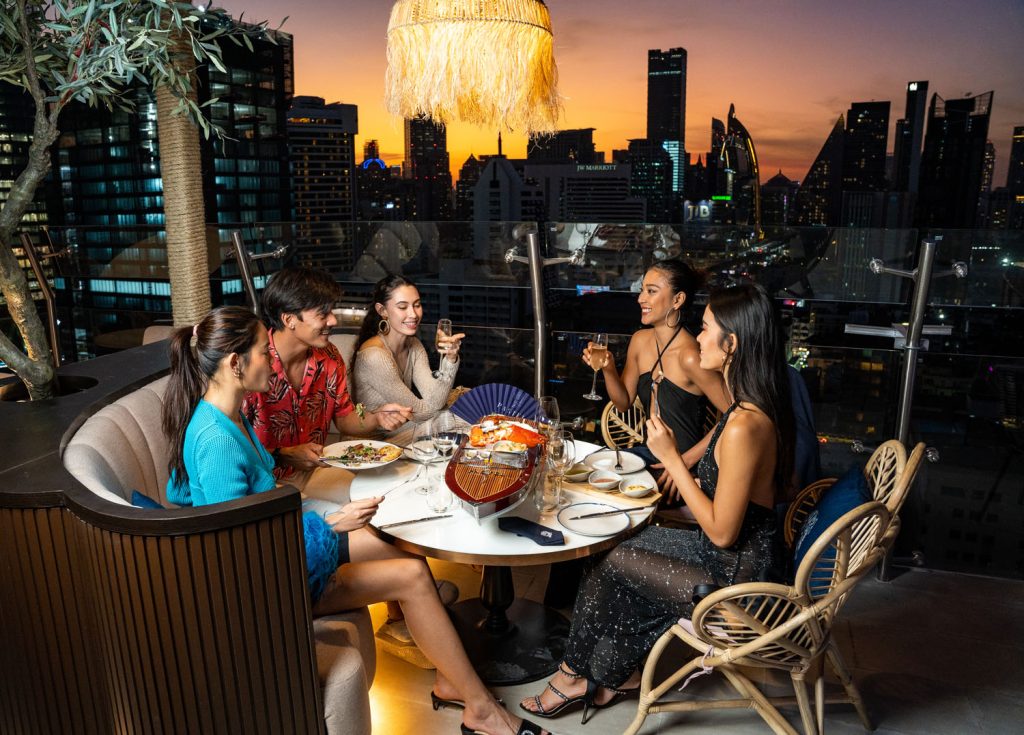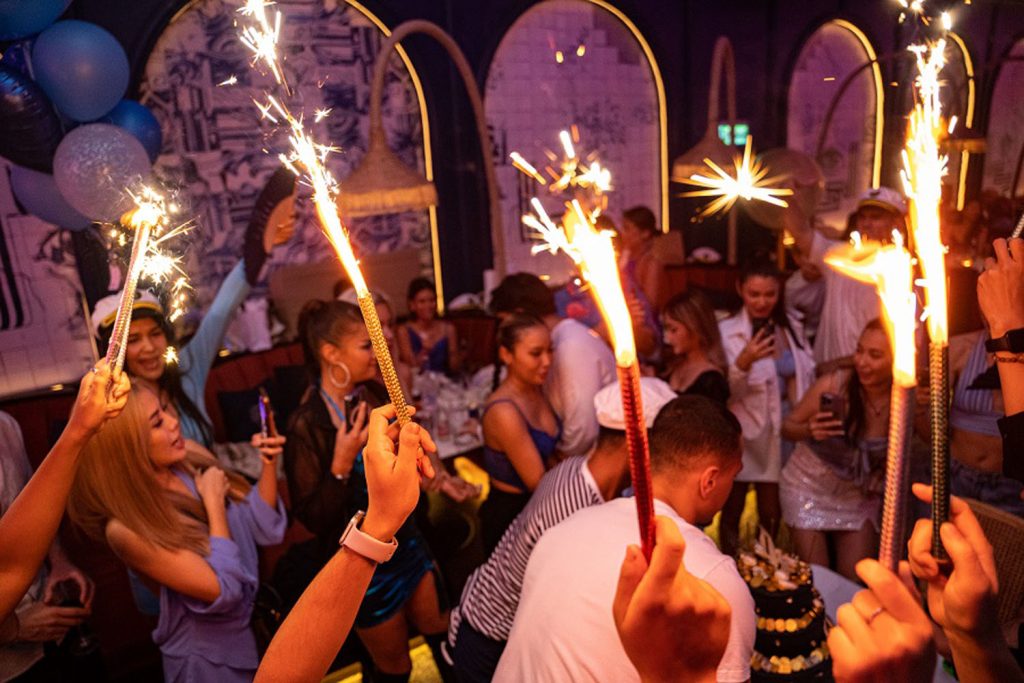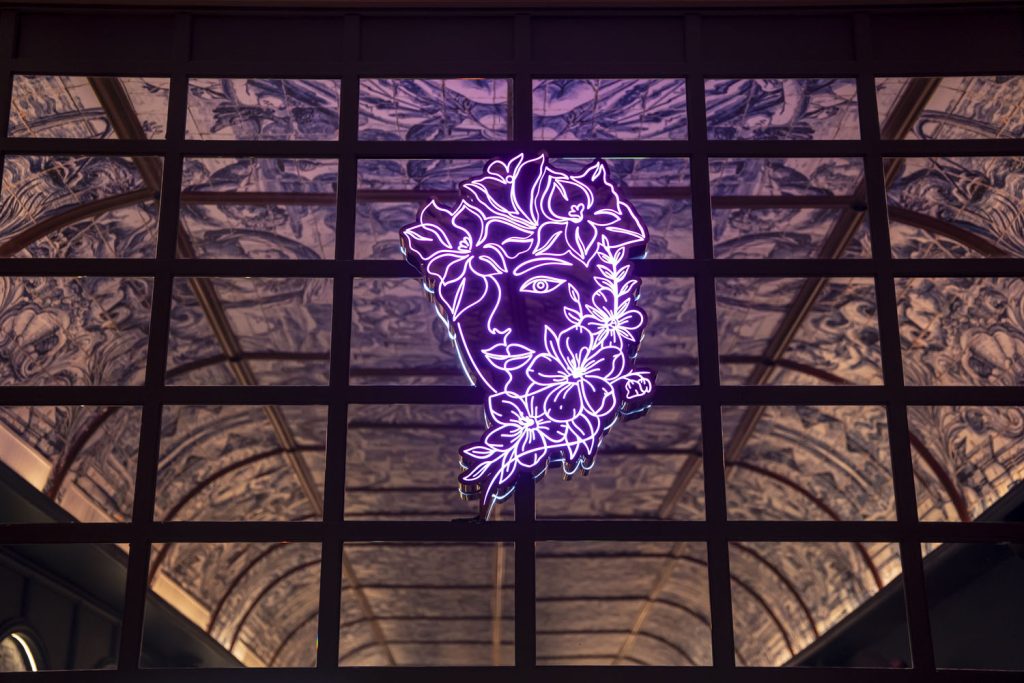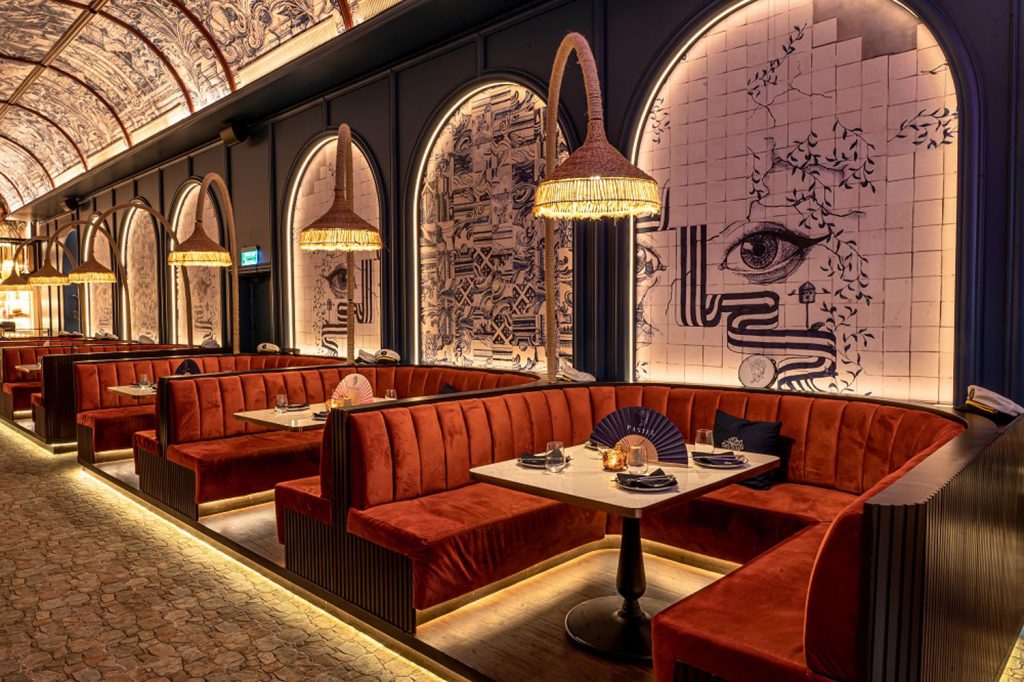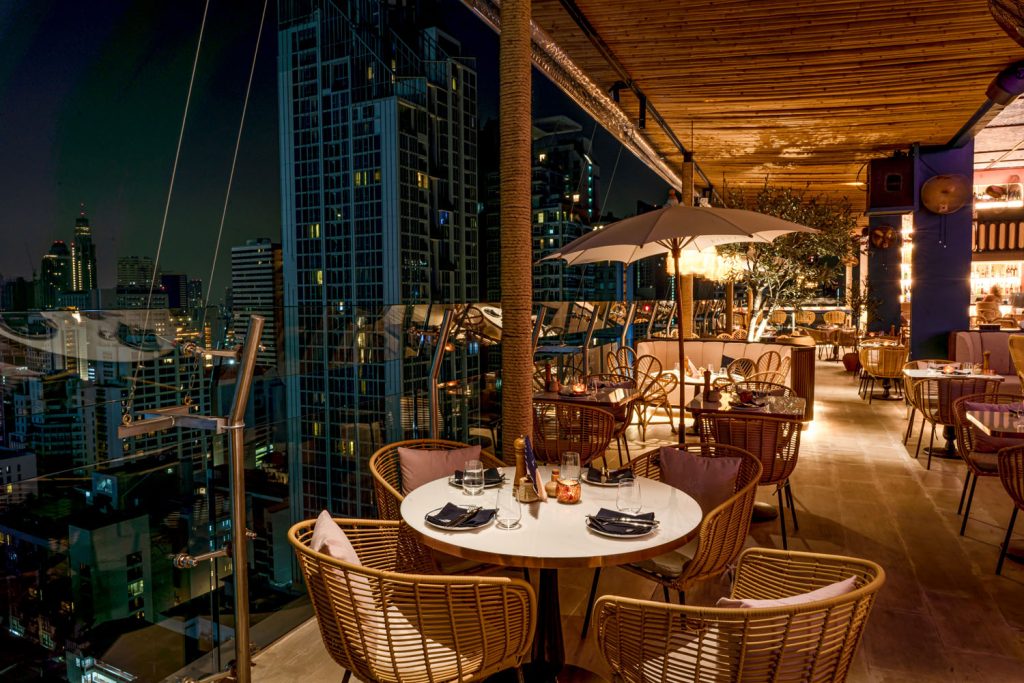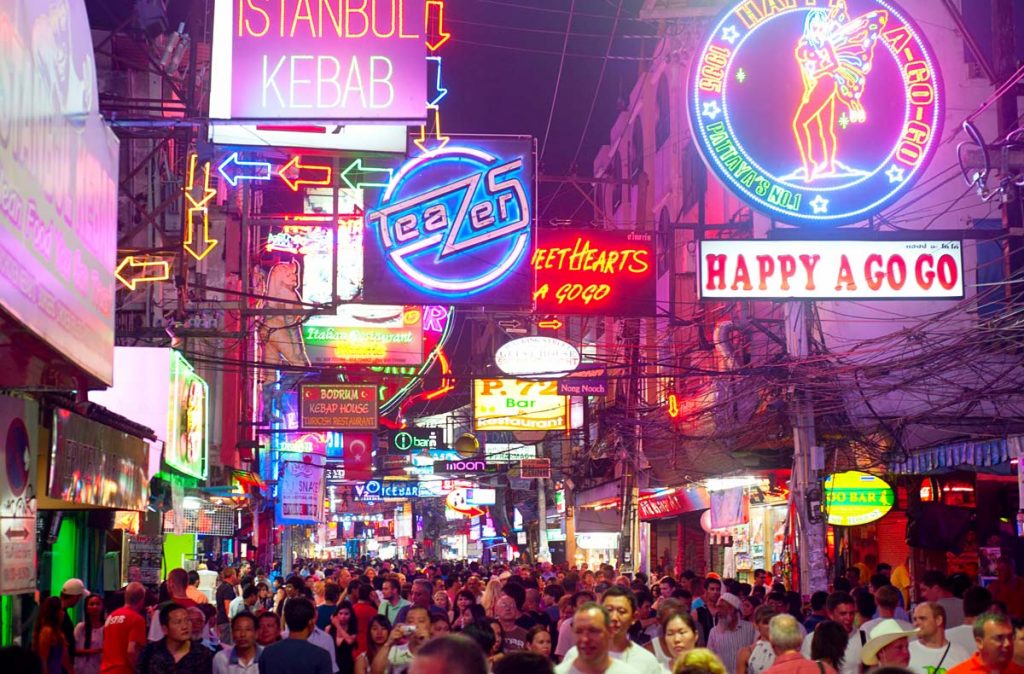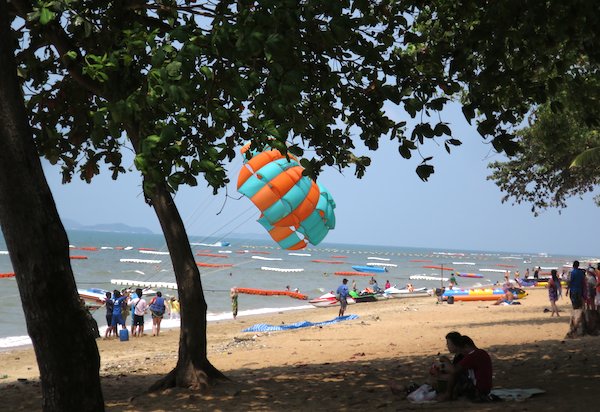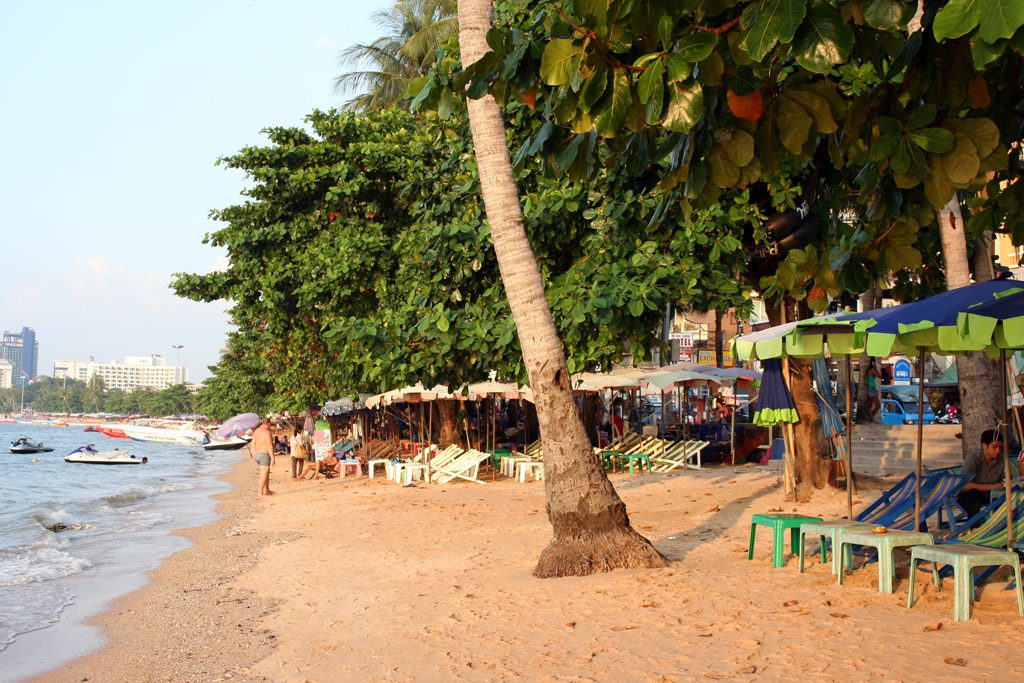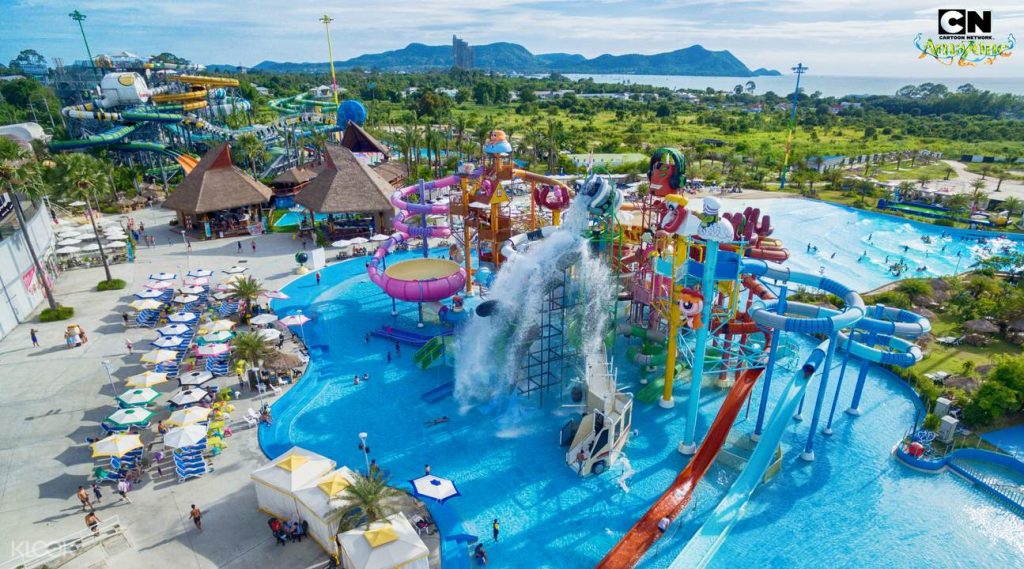Fermented pork taco or ant eggs entree, anyone? Gourmet Isan cuisine promises exciting meals beyond Som Tum.
The agricultural heartland of northeastern Thailand, known as Isan, has transformed into an unexpected hotspot for fine dining. The region, long recognised for its rustic charm, rich culture, and signature cuisine, is now a place where traditional flavours and innovative techniques converge to redefine its culinary reputation.
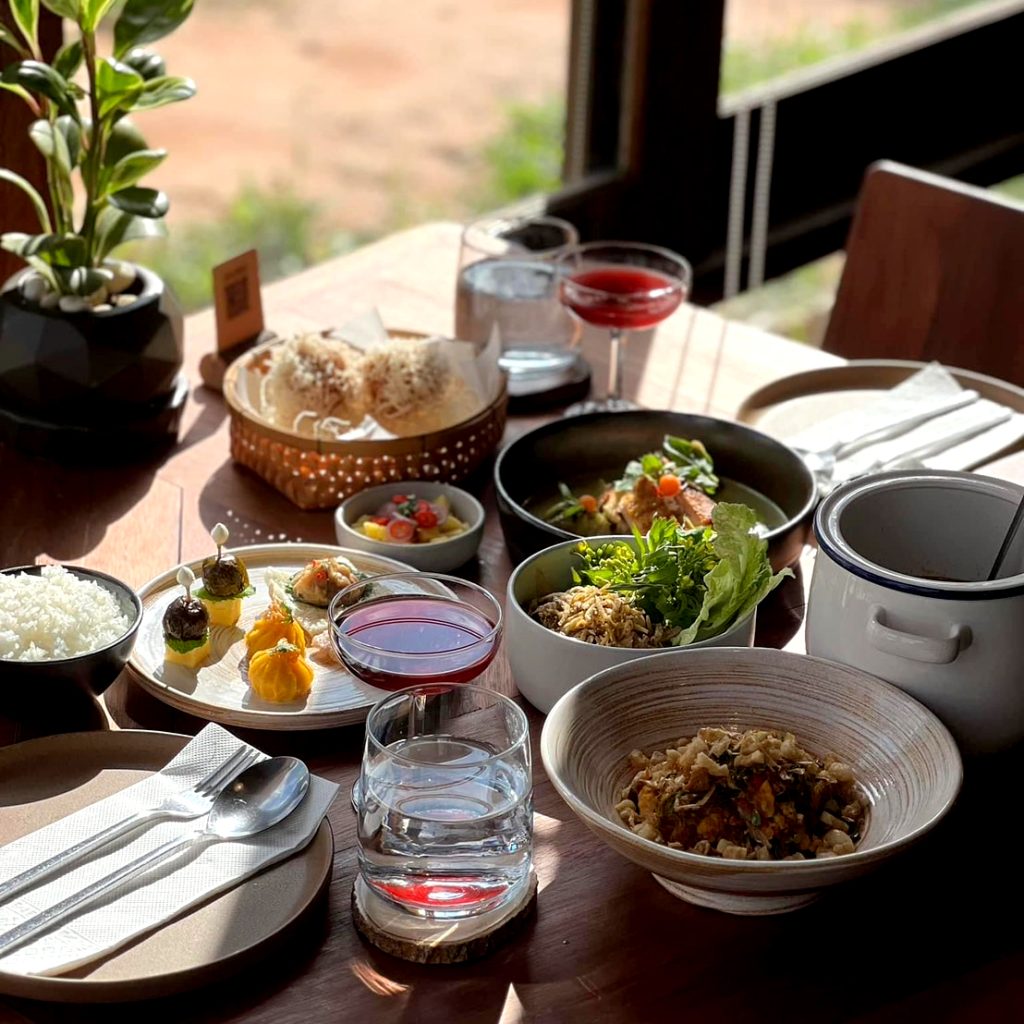
The Essence of Isan Cuisine
At the core of Isan’s food culture is a celebration of bold, spicy, and rustic flavours. Sticky rice, grilled meats, spicy salads like som tum (green papaya salad), and larb (minced meat salad) are staples. These dishes are defined by the liberal use of fish sauce, fiery chilies, lime juice, and fresh herbs such as mint and coriander.
A New Wave of Culinary Creativity
In recent years, chefs across Isan have begun to elevate these local flavours through modern, fine-dining techniques. Taking cues from global trends while staying true to their roots, they reinvent traditional dishes by incorporating premium ingredients, artistic plating, and intricate cooking methods.
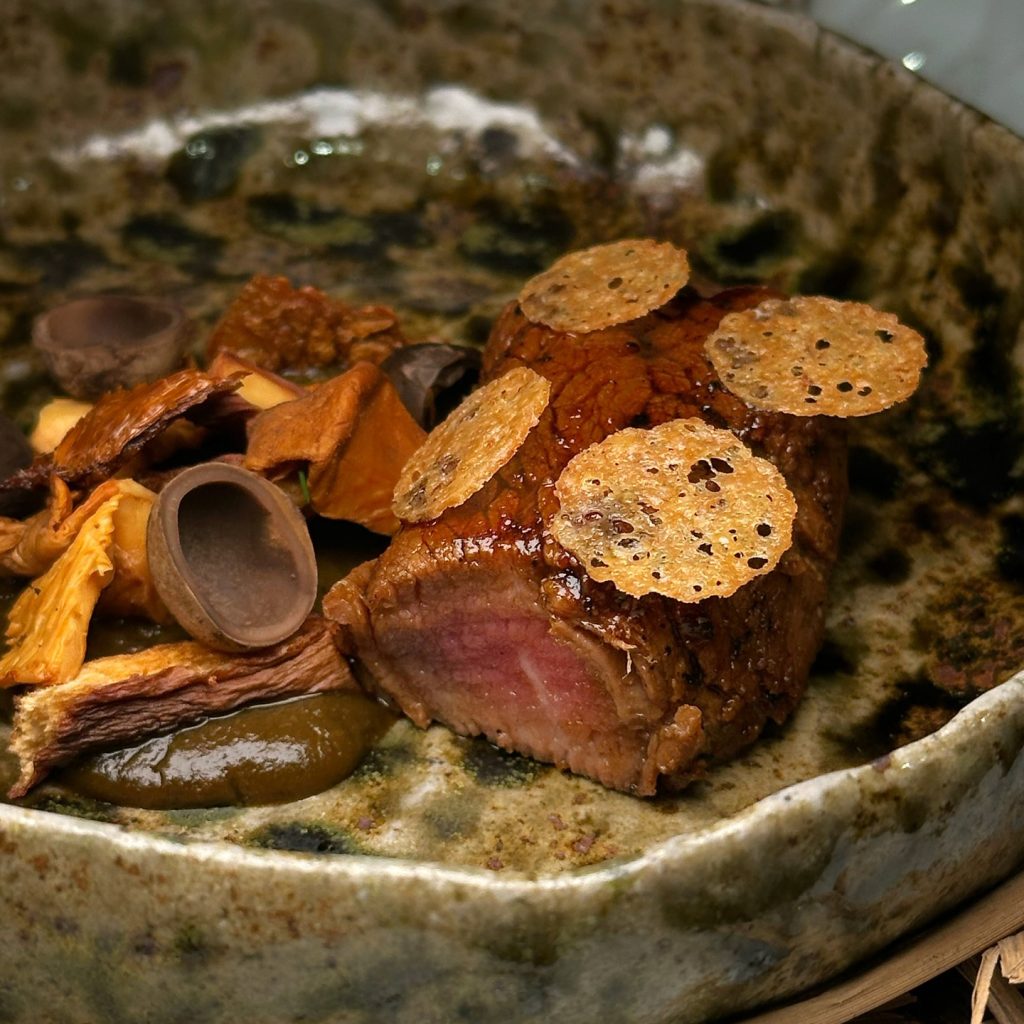
Farm-to-Table Philosophy
Many fine dining establishments in Isan embrace a farm-to-table ethos, sourcing fresh ingredients from local farmers and foraging in nearby forests. This commitment to sustainability is not just a trend, but a way of life in rural Thailand. It ensures that diners at high-end restaurants in cities like Khon Kaen or Udon Thani can experience the freshest and most flavourful dishes, with menus that feature locally grown organic herbs, free-range poultry, and freshly caught river fish.

Contemporary Takes on Tradition
At restaurants like the Michelin-recommended Samuay & Sons in Udon Thani, Chef Num Samuay has been at the forefront of reimagining Isan cuisine. His tasting menus are a journey through the region’s landscape, combining elements like Isan-style marinated beef with organic vegetables and unique garnishes like edible flowers and foraged mushrooms. Each dish pays homage to traditional recipes while adding a modern twist, offering guests a sophisticated yet truly local dining
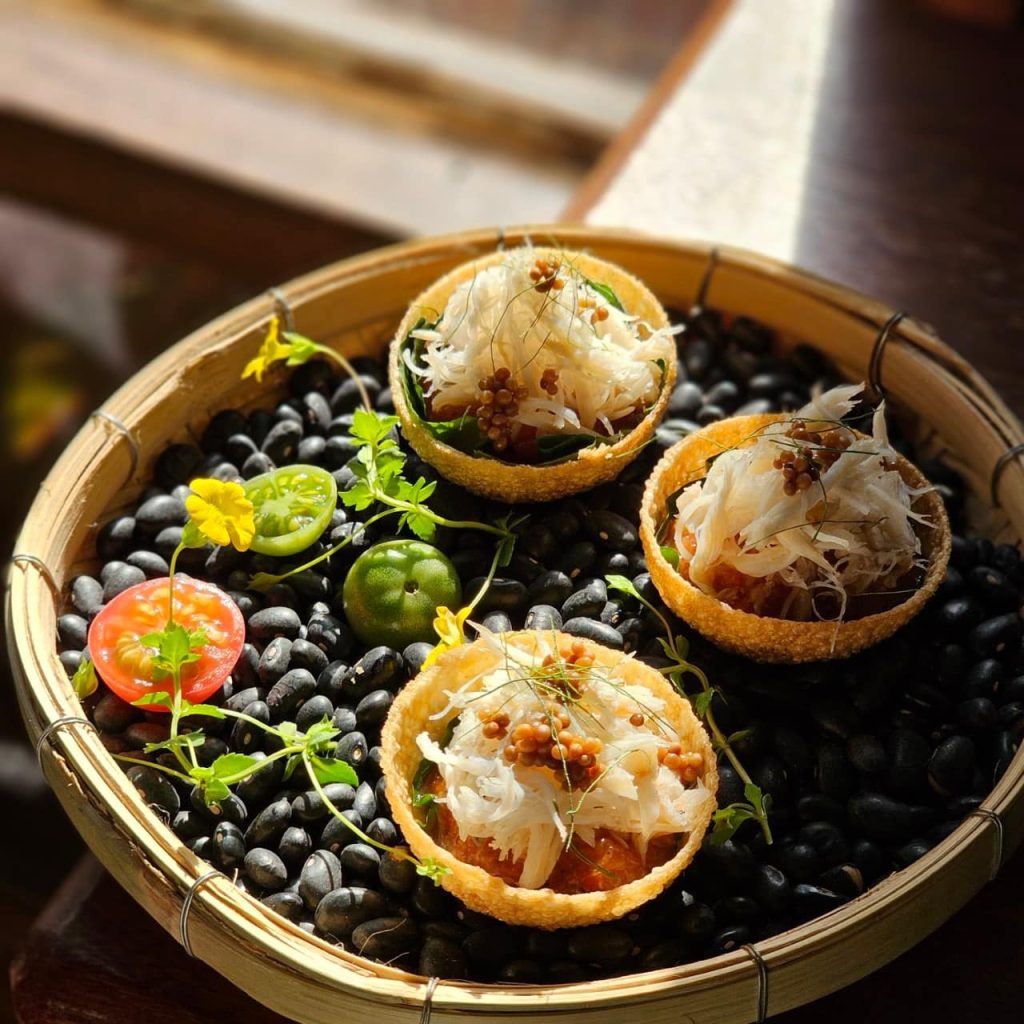
Experience
Another noteworthy name to know is Kaen in Khon Kaen, another Michelin-starred restaurant. Its menu reflects the seasons, and the healthy nature of Isan cuisine. Crunchy bamboo shoots are picked fresh from the garden and crafted into a spicy salad with pork neck. Kaen also reaches to the sea for inspiration. Pomelo salad with Cajun squid is a surprising mashup of far-flung flavours of the Caribbean and the juicy grapefruit relative found locally.
Isan’s fine dining scene is a fusion of culinary influences, a blend of French techniques with local Thai ingredients, and Japanese precision with Isan’s bold, spicy flavours. Dishes like smoked duck breast with tamarind glaze or a delicate soup incorporating aromatic Thai herbs with a broth slowly simmered in the French style are just a few examples of this exciting fusion.
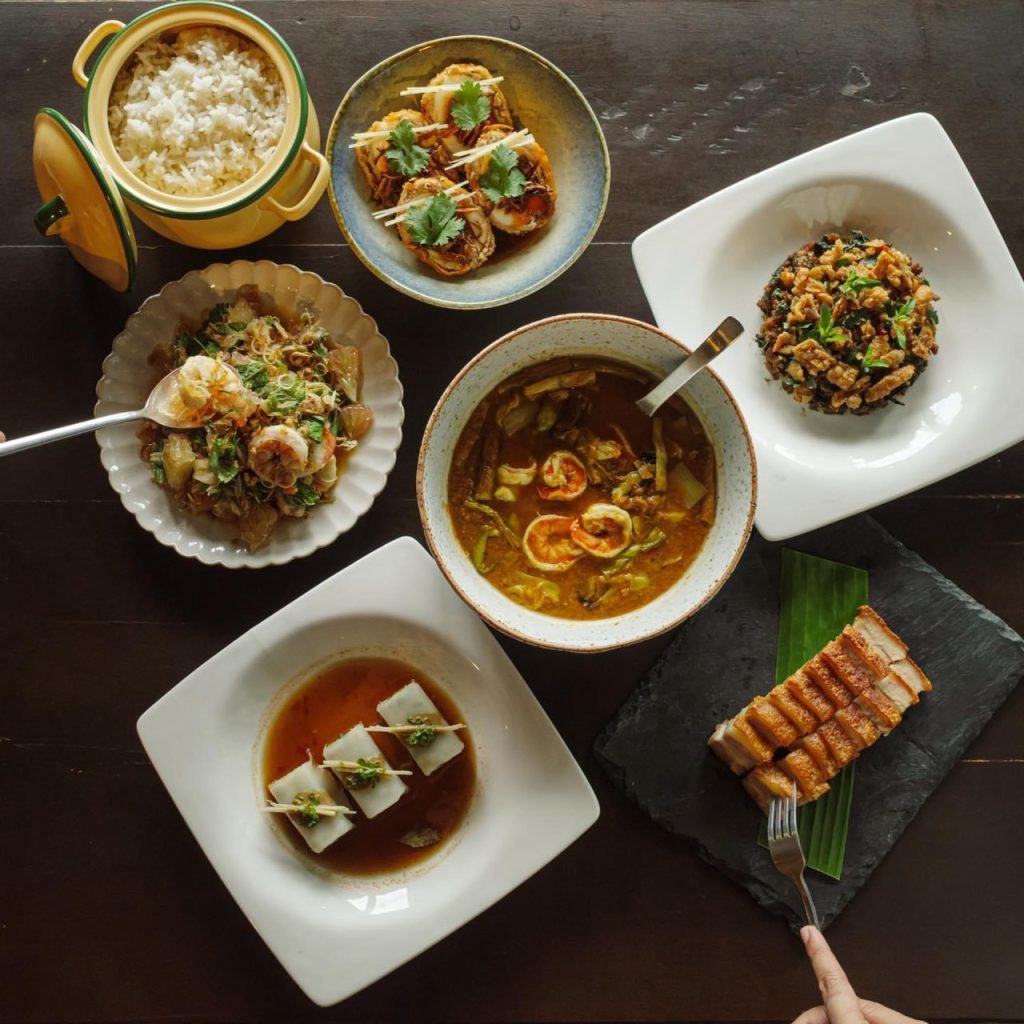
Artisanal Ingredients
A deep respect for artisanal ingredients also characterises the finest dining experiences in Isan. Tasting menus highlight locally made fish sauce, crafted by hand and aged for months, or rare rice varieties grown in small batches. Some chefs even collaborate directly with local producers to source unique ingredients, such as wild honey from forest bees or salt harvested from ancient salt mines in the region.
Dining with a View
In addition to the food, fine dining in northeastern Thailand often comes with breathtaking scenery. From restaurants along the banks of the Mekong River to dining spots in the hills of Loei Province, the region’s natural beauty adds another layer to the dining experience. Imagine enjoying a perfectly seared piece of Isan-style pork while gazing over the lush, rolling mountains or sipping a glass of wine as the sun sets over the Mekong.

A New Culinary Destination
While Bangkok remains the epicentre of Thailand’s fine dining scene, northeastern Thailand is fast emerging as a destination for food lovers looking for something different. Whether it’s the vibrant street food markets or the newly opened Michelin-starred restaurants, Isan is beginning to attract gourmands worldwide. Chefs in the region are pushing boundaries, combining the ancient with the avant-garde, all while keeping the soul of Isan cuisine intact.
Where Tradition Meets Innovation
Isan’s fine dining scene is a perfect balance between tradition and innovation. It beautifully showcases the diversity and depth of Isan’s culinary heritage while embracing modern techniques that appeal to the discerning diner. For those seeking a unique gastronomic journey, northeastern Thailand offers an unforgettable blend of flavours, textures, and cultural richness—making it a rising star on the global culinary map.
This article was first published on TAT News. About the Author Chattan Kunjara Na Ayudhya: (Chat): Frequent foodie and occasional craftsman of travel stories, Khun Chat draws on his nearly four decades of promoting Thailand’s tourism industry to highlight everything from world-class attractions to hidden gems. When not writing stuff, he makes it a mission to catch rom-coms and DC superheroes whenever they show up in theatres.

